“passeggiata /ˌpasɛˈdʒɑːtə/ noun (especially in Italy or Italian-speaking areas) a leisurely walk or stroll, especially one taken in the evening for the purpose of socializing.”
Ortigia is a small island, just under 1km square, attached to the Sicilian city of Syracuse by three road bridges. “It forms the charming old town, best explored on foot and certainly the most pleasant place to stay in the city.” We were there for two weeks this summer and during our stay we discovered many circuitous routes as we strolled around its maze of ancient streets and alleyways.
The Fountain of Diana in Piazza Archimede.
We’d arrived in Sicily just as the weather broke. We drove from the airport through a torrential thunderstorm along a road that was more like a river, awash with hulks of bark fallen from the eucalyptus trees. Then later, from our window, we saw them become fishing boats.
Night Fishing
A small fresco on the wall of our apartment by Gigi Pedroli.
The World Turned Upside Down
An obelisk outside the church of San Filippo Apostolo.
Bathing platforms at Forte Vigliena.
The Temple of Apollo
The Temple of Apollo, surrounded by lawns and papyrus plants, is the earliest peripteral Doric temple in Sicily, built of local limestone in the late 7th century BC and attributed to the architects Kleomenes and Epikleos. Some scholars have identified it with the Artemision recorded by Cicero, but the dedication to Apollo cut in the steps of the stereobate (still visible on the eastern side) seems conclusive. Transformed through the centuries, first into a church, then a mosque, then a Spanish prison and lastly a barracks. It was freed from overlying structures in 1938. Two monolithic columns and part of the cella walls, showing the portal of the Norman church, remain intact. Fragments of its polychrome terracotta cornice are preserved in the archeological museum.
Blue Guide Sicily: Ellen Grady
On the corner of a street, in the shade, a woman was selling fish, calling out to passing motorists; an old man cycled past, selling oregano; a man shaving in a second-floor window conducted a prolonged conversation with a friend in the street: vivid instances of why – quite apart from the inherent musicality of the language – so many of the great opera singers have been Italian. Opera begins in the market where, over and above the simple demands of competition, of being able to attract customers’ attention, stall holders have to convey the colour and taste of fruit in their voices. The man selling oregano, for example: he called out and the air was fragrant with oregano. His job was not to sell oregano but to fill the air with the sound of its scent. And while Italians are happy to be in close proximity to each other… they enjoy conversing from a great distance, or calling down the street to each other. The popularity of cellular phones is simply the technological manifestation of this inherited cultural trait.
The Church of Santa Lucia alla Badia
Piazza Duomo
The duomo, or Santa Maria del Piliero or delle Colonne dominates the piazza. In the 7th century Bishop Zosimus repaired the Byzantine church built from the ruins of Gelon’s Temple of Athena and consecrated it as the cathedral of the city. The present facade is a powerful Sicilian Baroque composition erected in 1728-54 and designed by Andrea Palma; on the summit is a double-armed Cross, symbolising the presence of the archbishop. The marble statues of Sts Peter and Paul flanking the steps are the earliest known works of Ignazio Marabitti; he also sculpted the other statues (1754) on the facade, of Bishop Marcian, the Madonna and St Lucy.
Blue Guide Sicily: Ellen Grady
The side wall shows how the columns of the Greek temple were incorporated into the cathedral.
The cathedral holds a collection of relics and artefacts associated with St Lucy of Syracuse.
Adjoining the duomo is the Palazzo Arcivescovile (Archbishop’s Palace c.1750) housing the prestigious Biblioteca Alagoniana, with precious old manuscripts and incunabula. It has a shady hanging garden with oranges, lemons and palm trees… A doorway opening onto the square under the garden allows access to the Ipogeo, subterranean passages under the city, some hewn out in the Byzantine era… The self-guided route through impressive dry and dripping caverns emerges at sea level on Foro Vittorio Emanuele II.
Blue Guide Sicily: Ellen Grady
One evening while strolling in Piazza Duomo we discovered the Palazzo Borgia del Casale.
Passeggiata in Ortigia
Fonte Aretusa
From Piazza Duomo, Via Picherale passes the Hotel des Etrangers, which incorporates part of the medieval Casa Migliaccio, and leads down to a quiet terrace on the waterfront surrounding the Fonte Aretusa, one of the most famous springs of the Greek world. The spring of the nymph Arethusa was celebrated by Pindar and Ovid: when Arethusa was bathing in the River Alpheios near Olympia, the river god fell in love with her. In order to escape from him, Arethusa plunged into the Ionian sea and reappeared here. Transformed by the goddess Artemis into a spring, she was pursued here by Alpheus, who mingled his river water with that of the spring: it was believed that the river in the Peloponnese was connected, via the sea, to the fountain of Arethusa. A freshwater spring, called the Occhio della Zillica and said to be Alpheus, still occasionally wells up in the harbour. The spring of Arethusa diminished after the erection of the Spanish fortifications. Nelson stopped here before the battle of the Nile in 1798 and noted in a letter that ‘surely, watering at the fountain of Arethus, we must have victory’. The fountain now flows into a pond (built in 1843), planted with papyrus, abounding in fish and inhabited by ducks, under a venerable old Morton Bay fig tree.
Blue Guide Sicily: Ellen Grady

Beyond the Fonte Aretusa are a group of enormous weeping fig trees (Ficus benjamina) which, at first glance, when seen from the terrace above, appeared to be one single great tree.
But down amongst them in Foro Vittorio Emanuele II they each come into their own.
Huge twisting beasts with aerial roots and buttress feet slow-dancing around their sunken garden.
Then down along the jetty looking back towards giant trees and a giant yacht.
An alternative map of the world.
If this aerial photograph of Ortigia was a map of South America then we were in Rio de Janeiro.
Surf Dog
From Ponte Umbertino, the main bridge connecting the island to the mainland, numerous colourful little fishing boats that go out every night can be seen; the larger ones, moored on the Ortigia side, stay out for several days at a time. On the approach to the bridge, on the right-hand side is a 3.5m high bronze statue of Archimedes (2016, Pietro Marchese and Virginia Rossello). The scientist is shown standing on his famous puzzle, the Stomachion, and is holding a compass and a burning mirror. To the left, the monumental Post Office by Francesco Fichera (1934) is now a hotel.
Blue Guide Sicily: Ellen Grady
With these fragments I have propped up my ruins…
Found quotation, from T S Eliot’s The Wasteland, translated into Italian then back again into English.
A Hollow Tree
The Sicilian flag – La Bandier della Sicilia: La Trinacria
Sicilia Labirinto: Enzo Patti, 1988
And so for two weeks we walked the daily tourist stroll around the island, unwinding the labyrinth, varying our route each time to cover more ground and eventually solve the puzzle of the passeggiata. I looked up the word and found it illustrated with a photograph of the Piazza Duomo in Ortigia, it seems it’s famous for it, people come here from all over the world to passeggiate. It was reassuring to find we were in the right place. In the square, street vendors caught falling stars and offered them for sale (batteries included) and buskers sang Hallelujah once too often until one elegant couple danced to the music of a Piazzola tango and harmony was restored. Each time it looked different but each time it was the same, around and around the hot streets, taking far too many photographs, not really interacting much because without Italian what could I say? Not everyone speaks English. I’d say buongiorno when I should’ve said buonasera and ciao instead of salve! But mostly I’d use my native tongue and trust that my force of will and expressive enthusiasm would convey the right message. Mostly I would get a blank stare. Or an angry sucking of teeth when I interrupted a gelato girl and her iPhone – Oh no, not another bloody arrogant tourist! I understood her perfectly. But I didn’t dare take her photograph. Mostly I took pictures of walls. And if walls can talk maybe these can tell a story.
When Sue saw these doors she said: They add a B in the middle when they put the bins out.
※


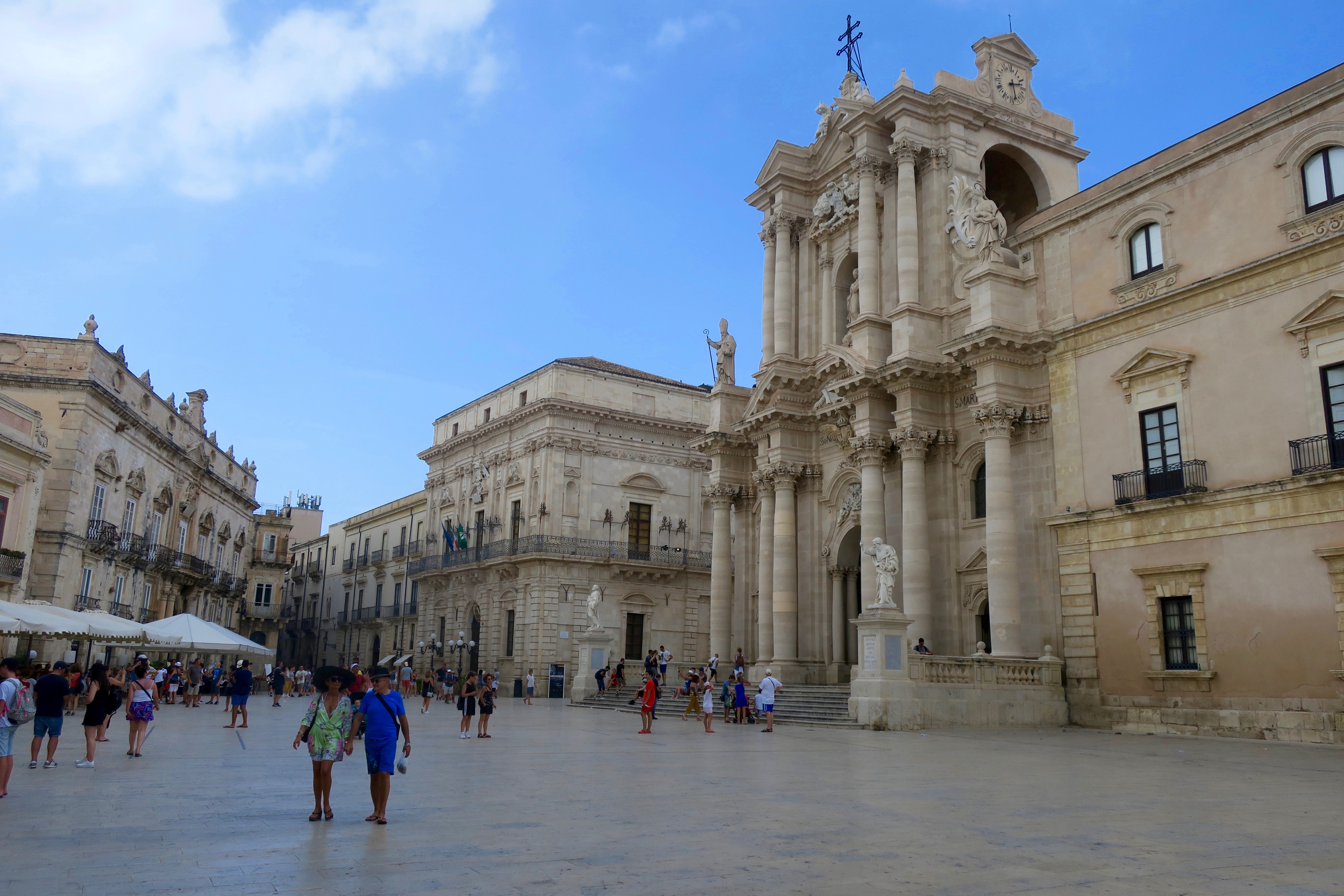


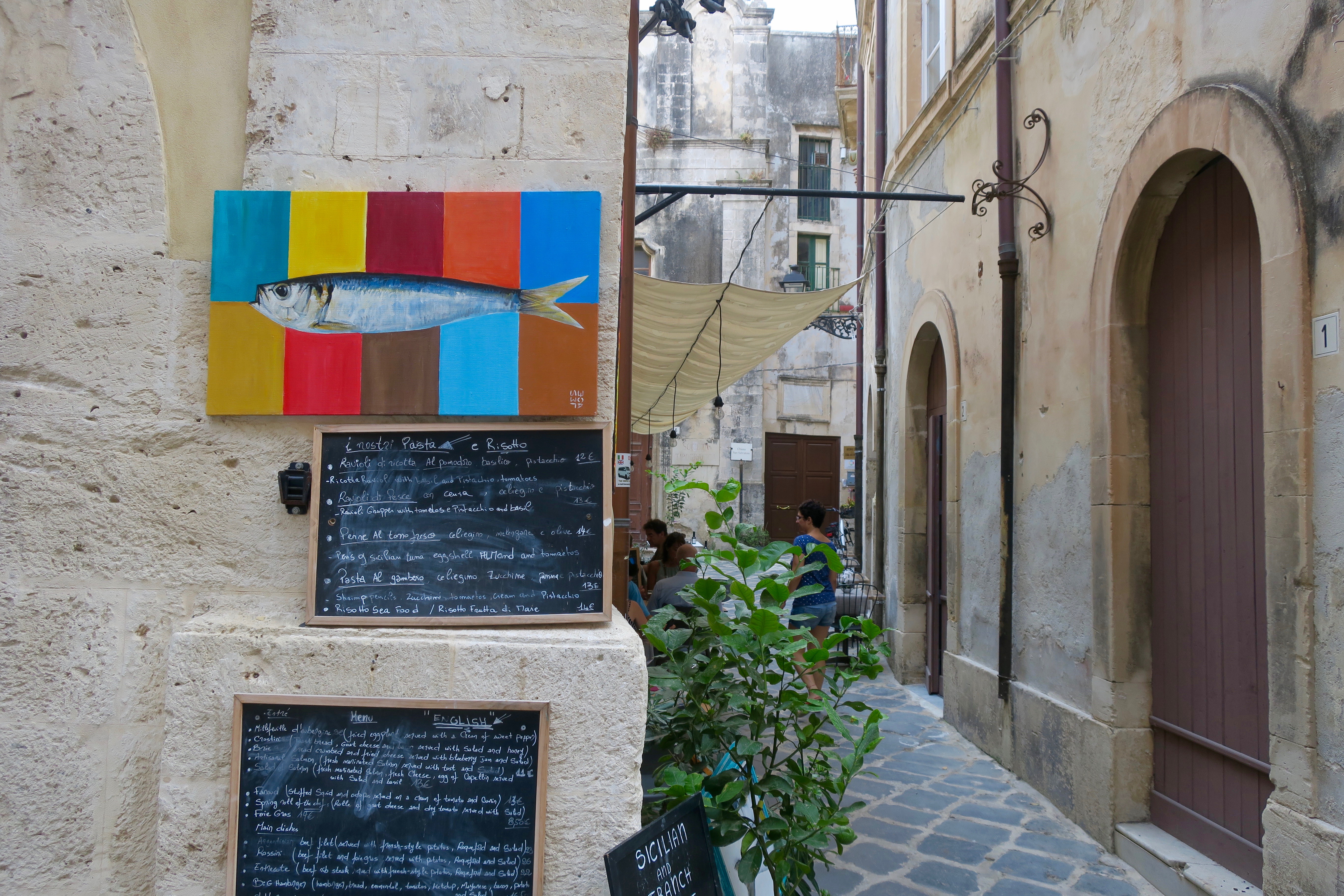
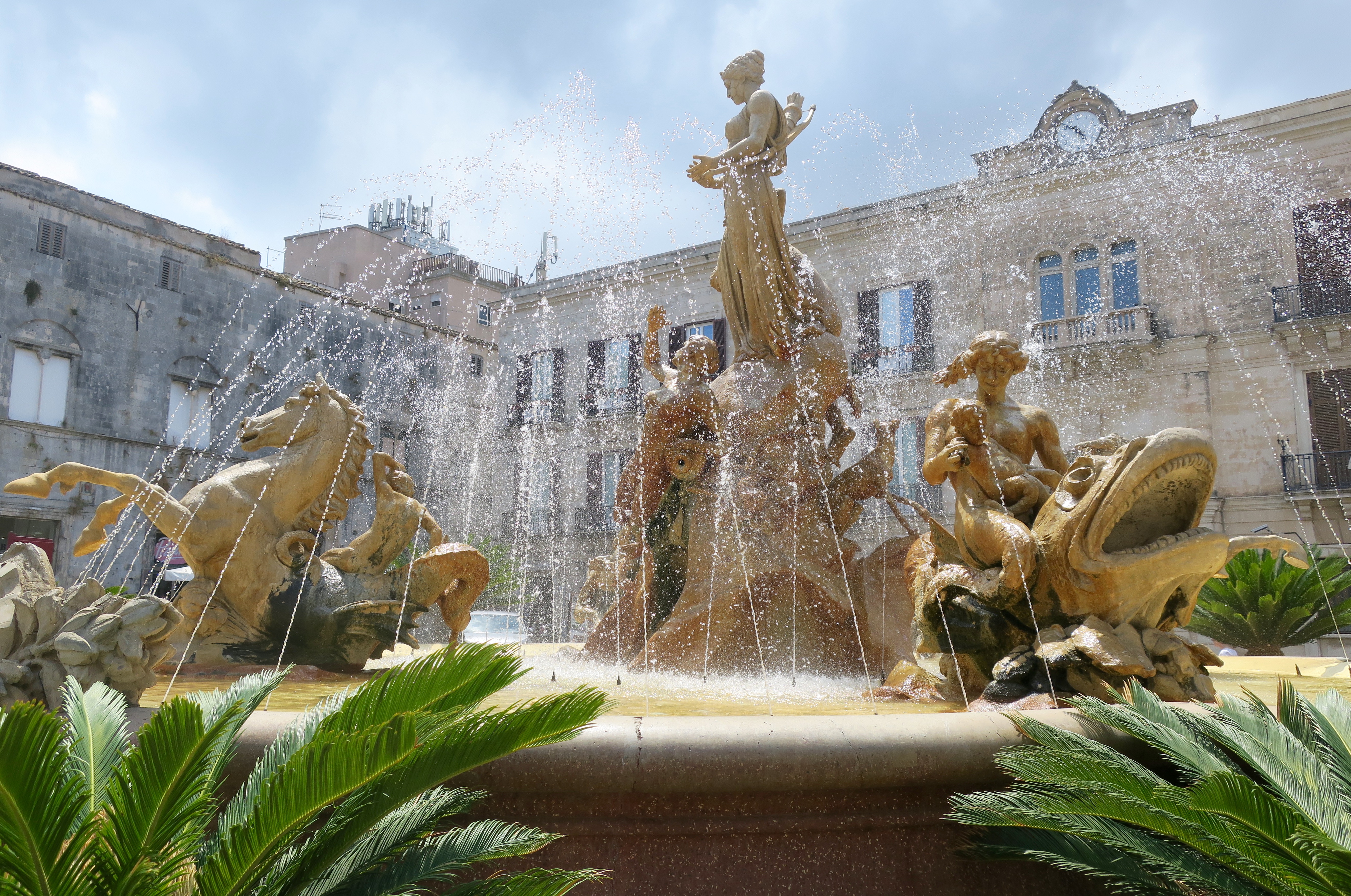
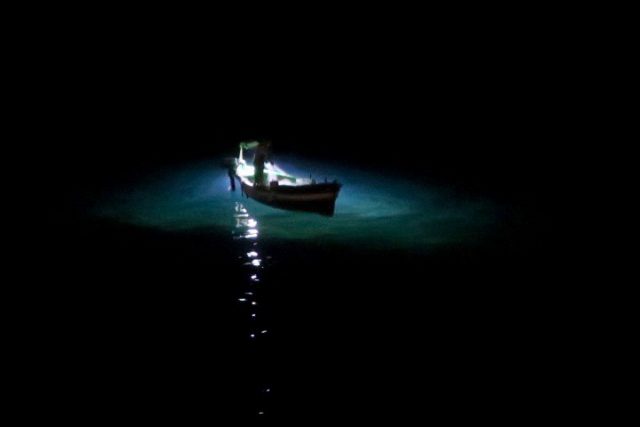


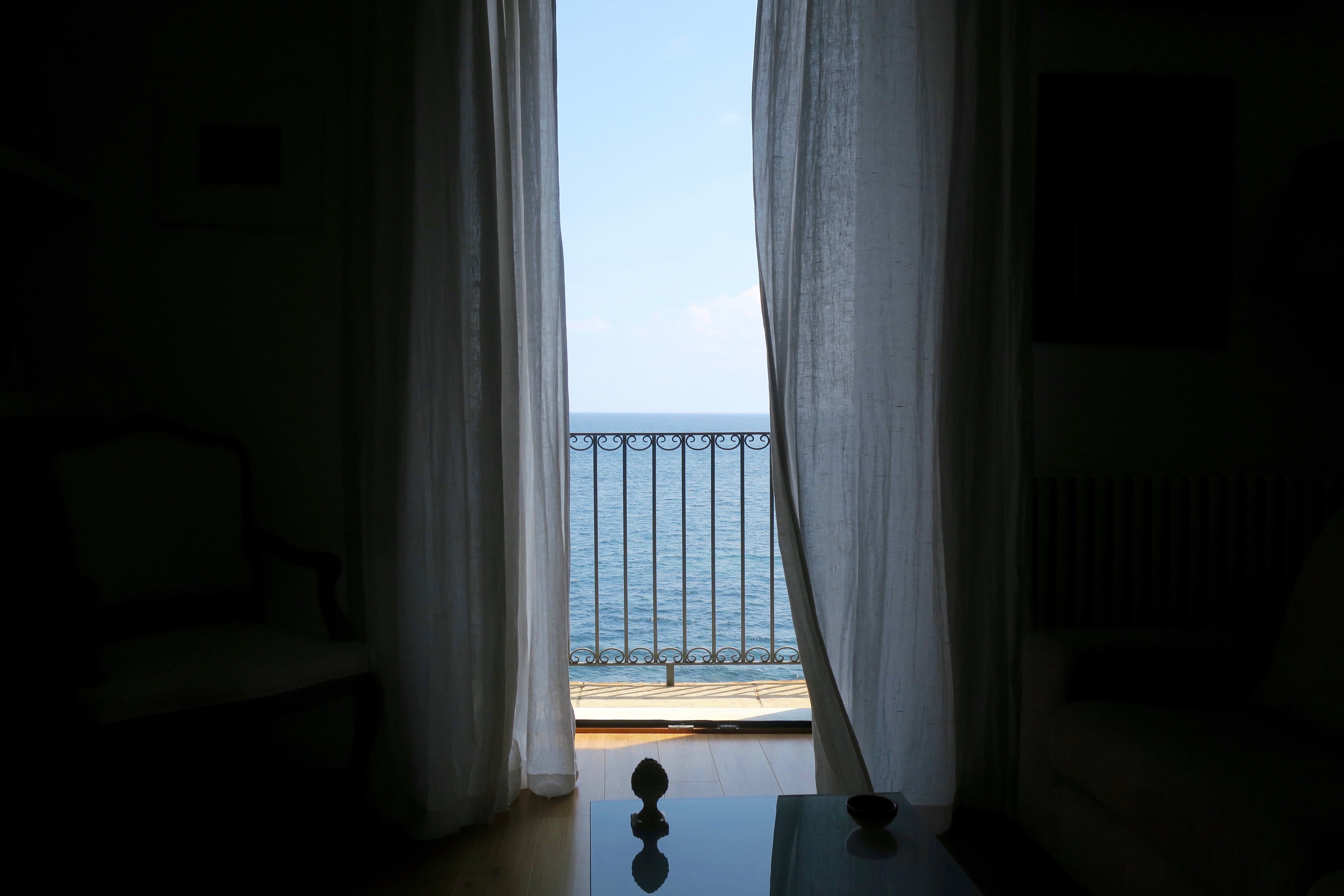

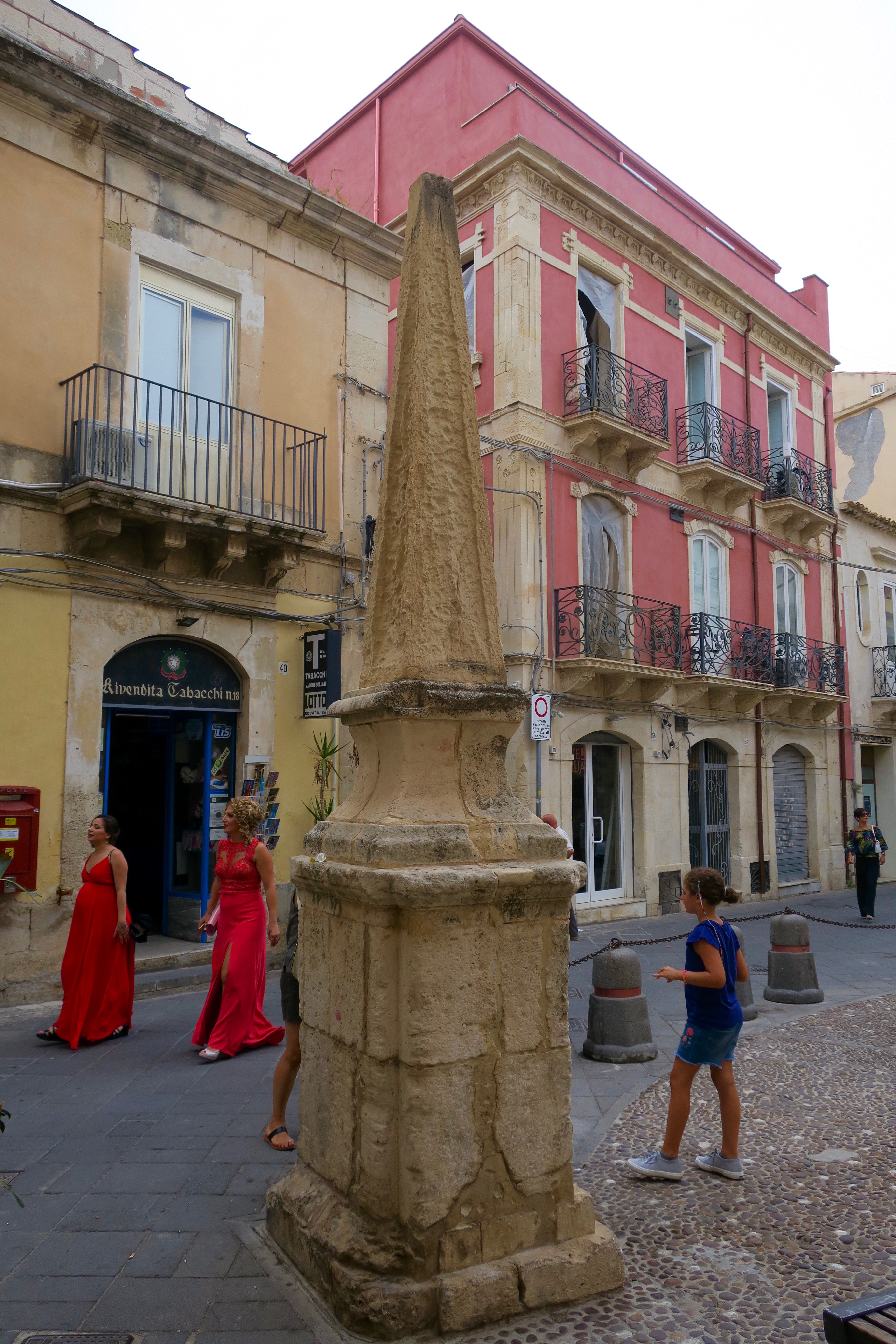
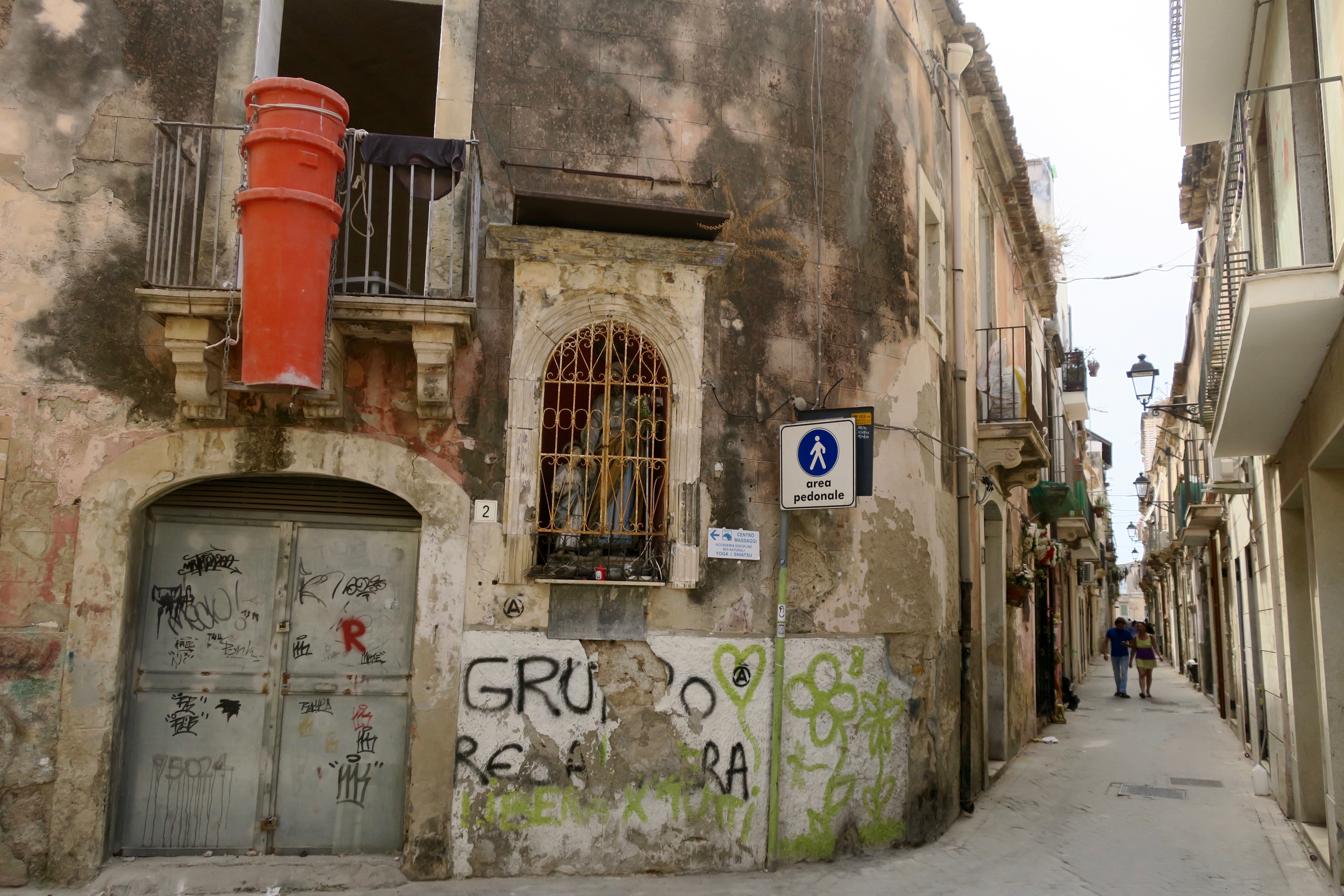












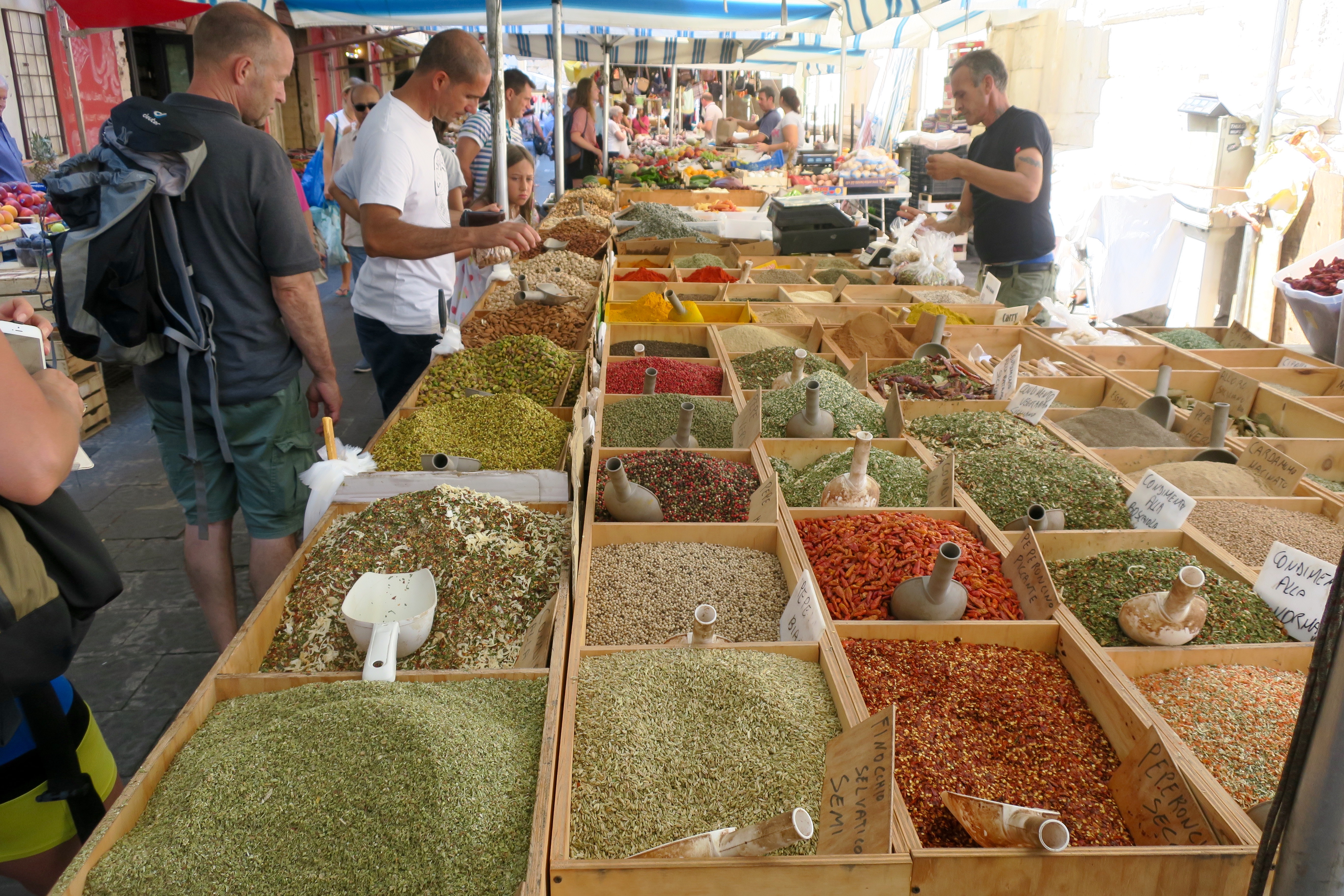









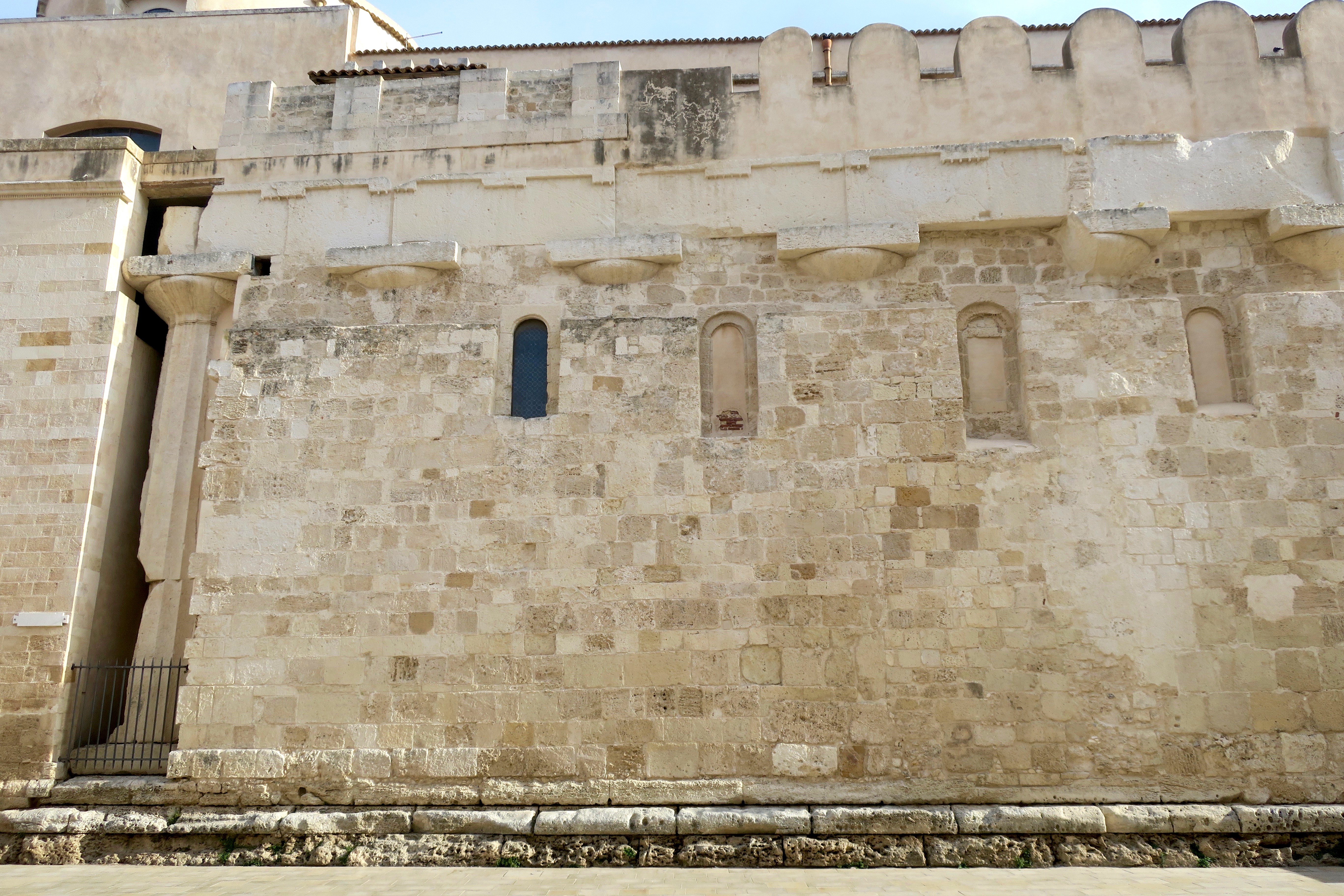
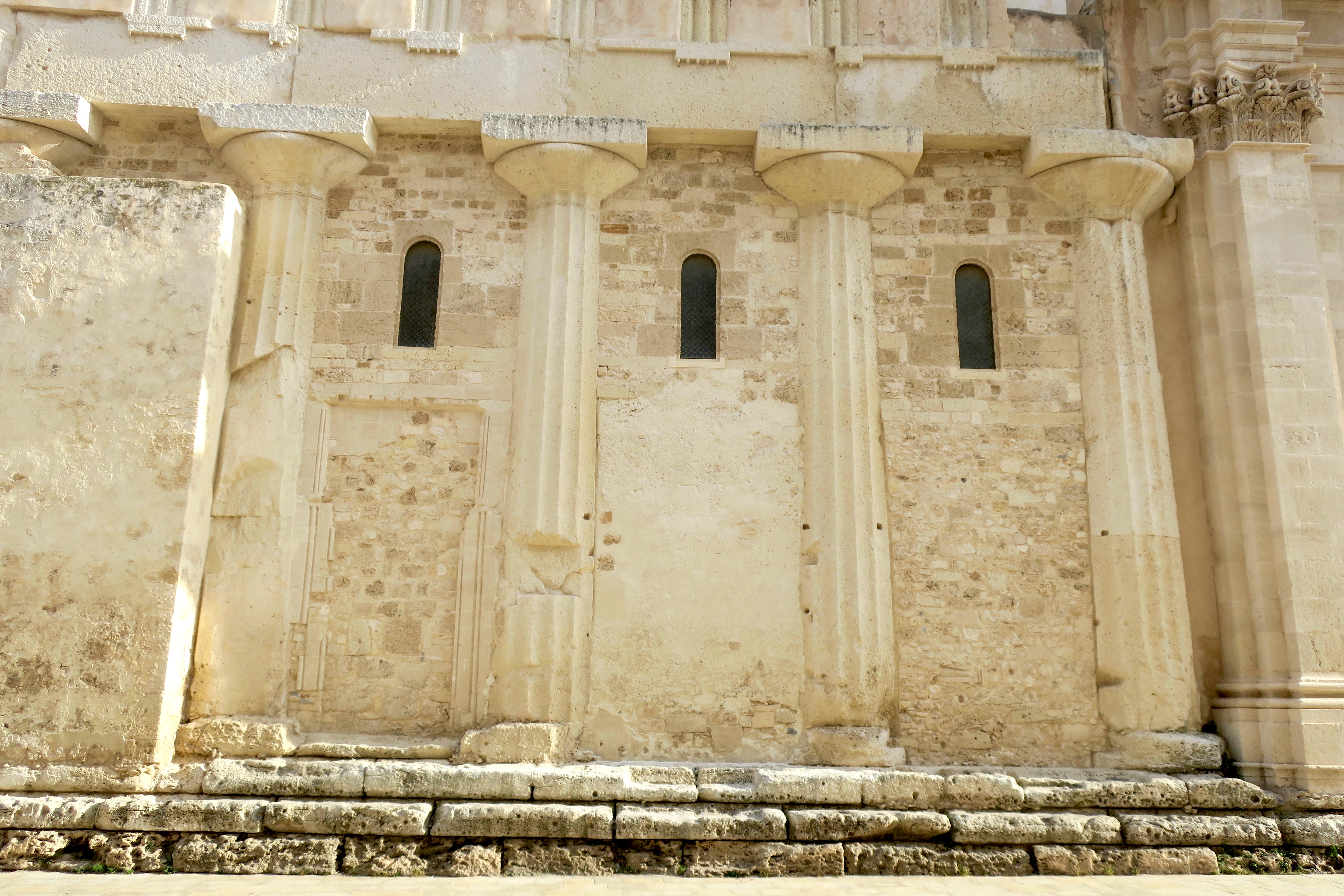



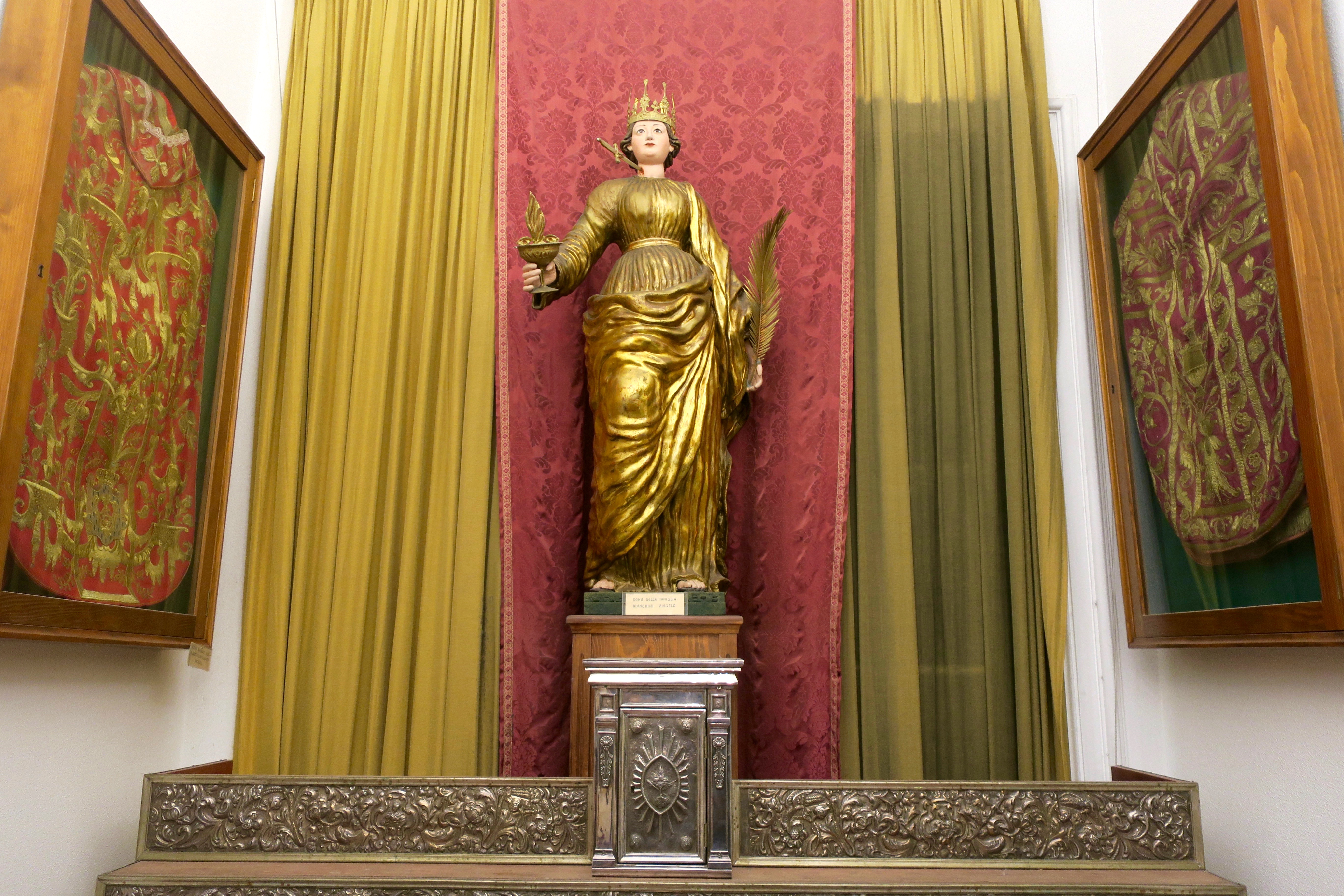




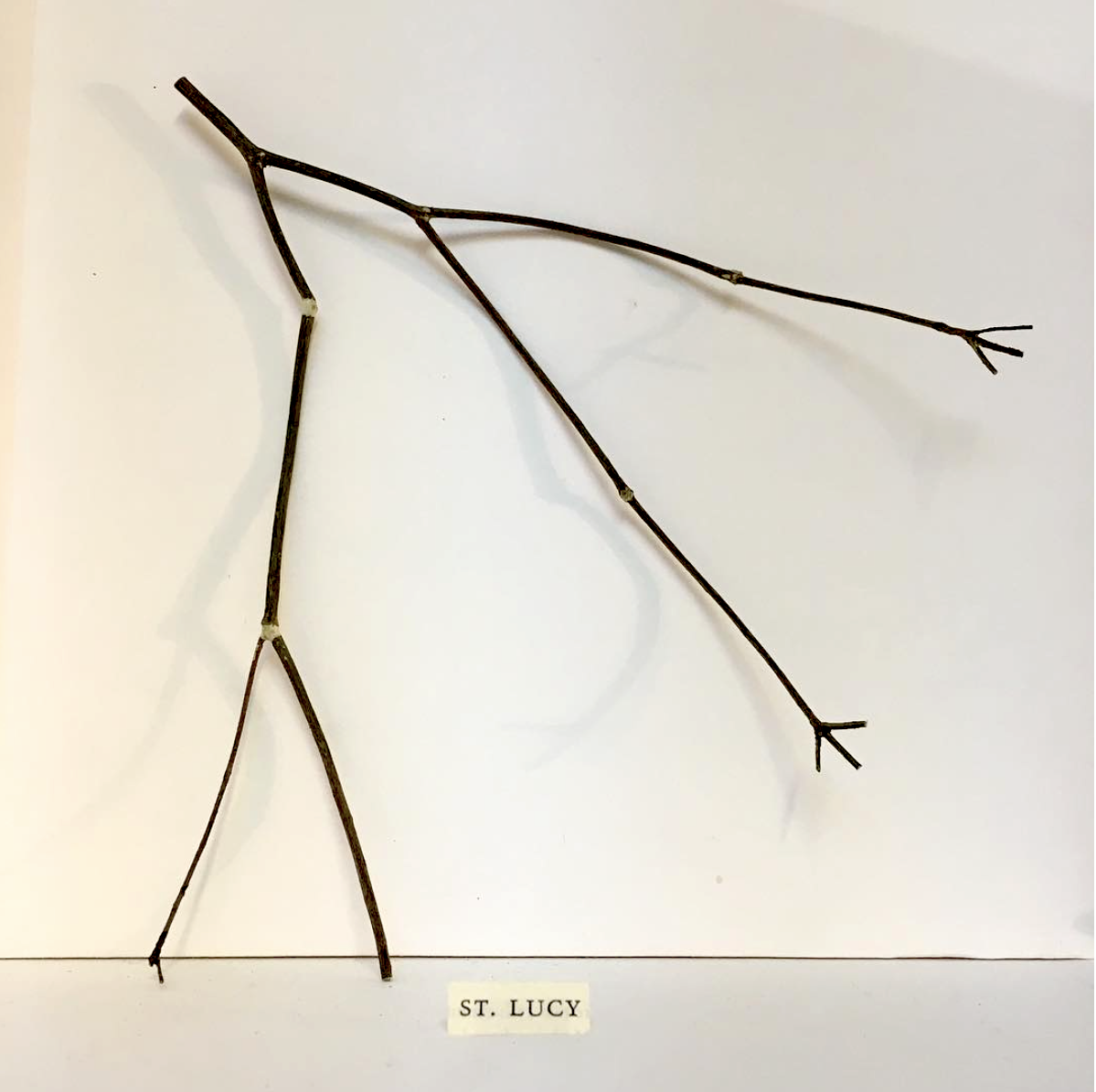
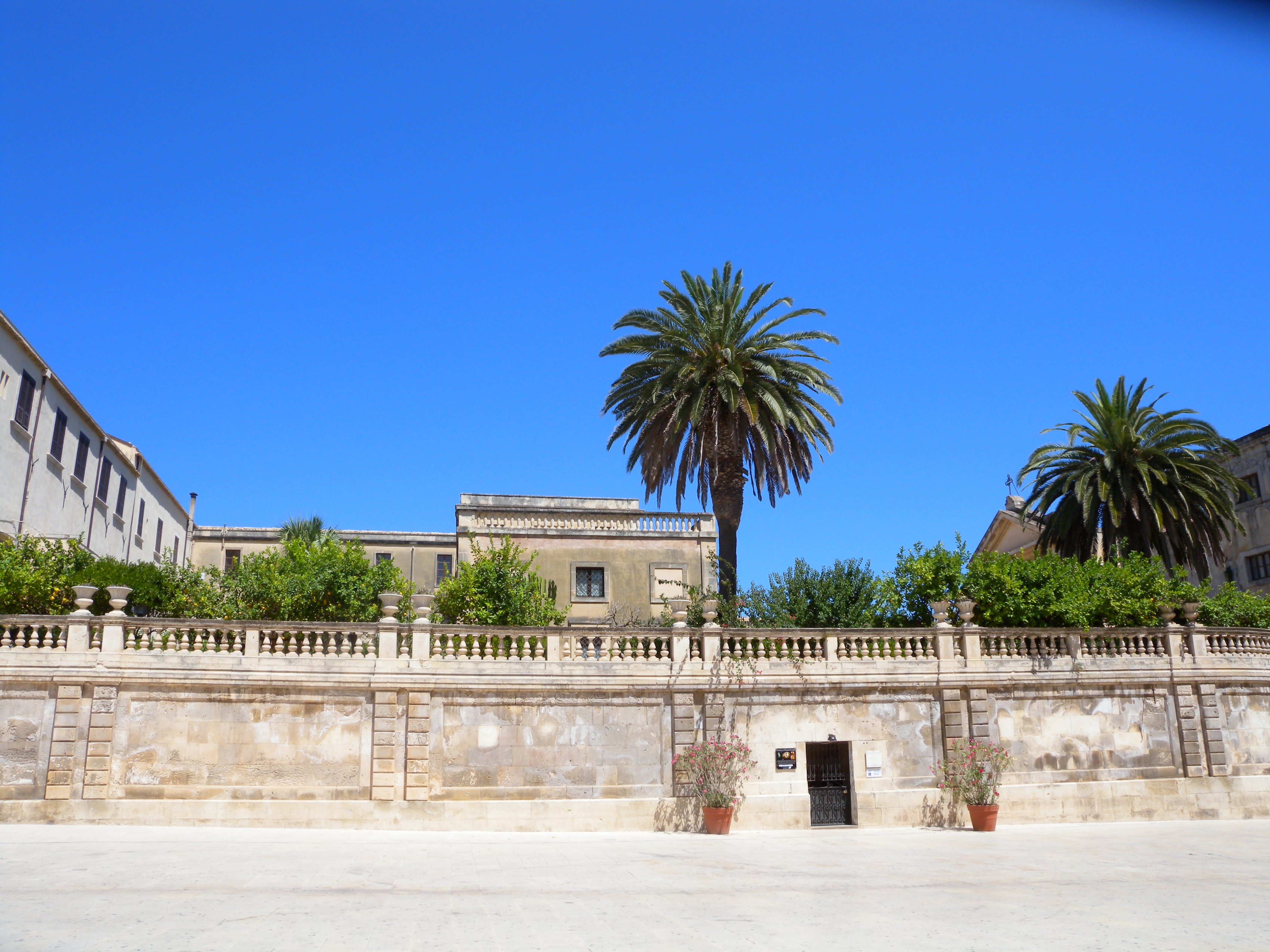















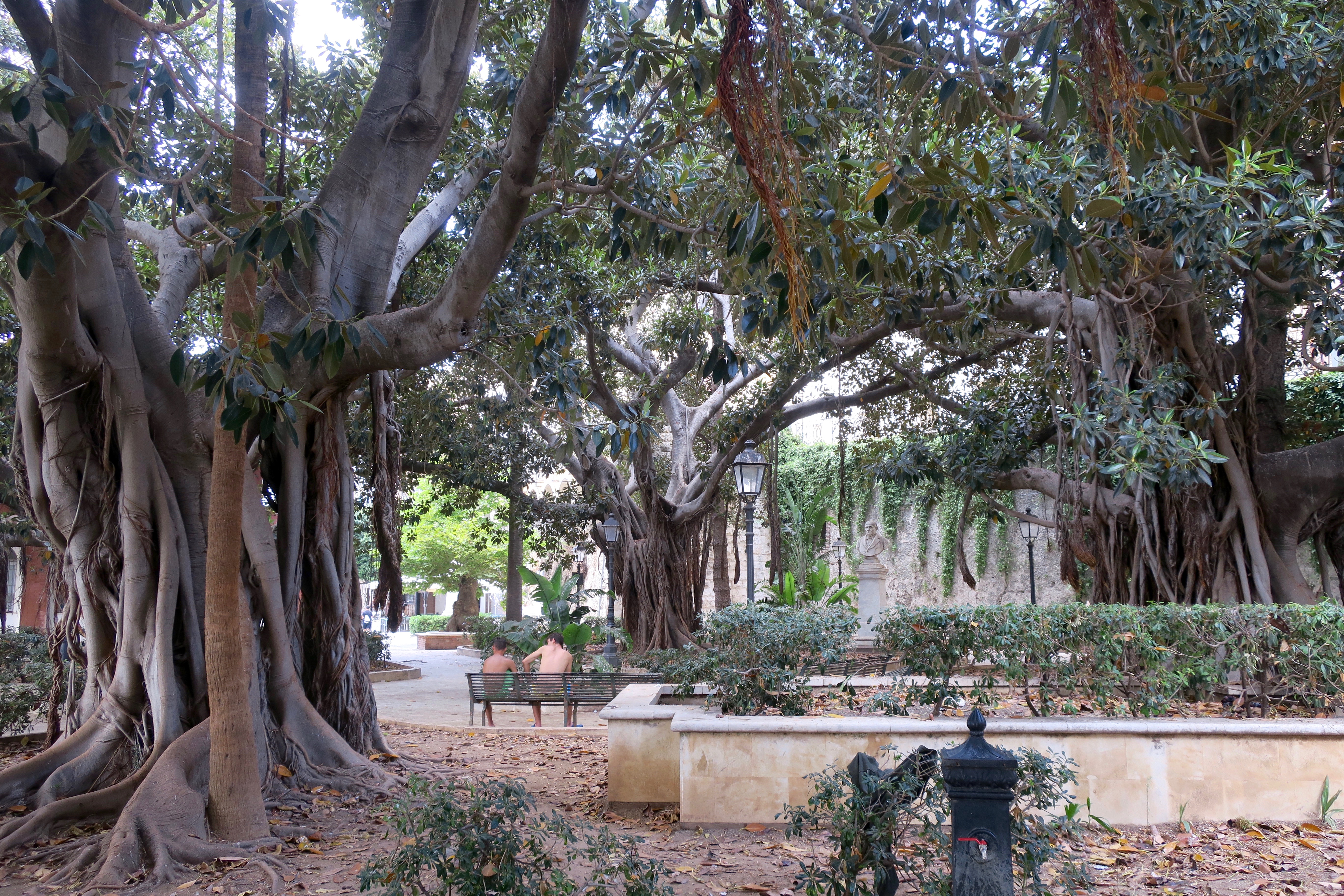





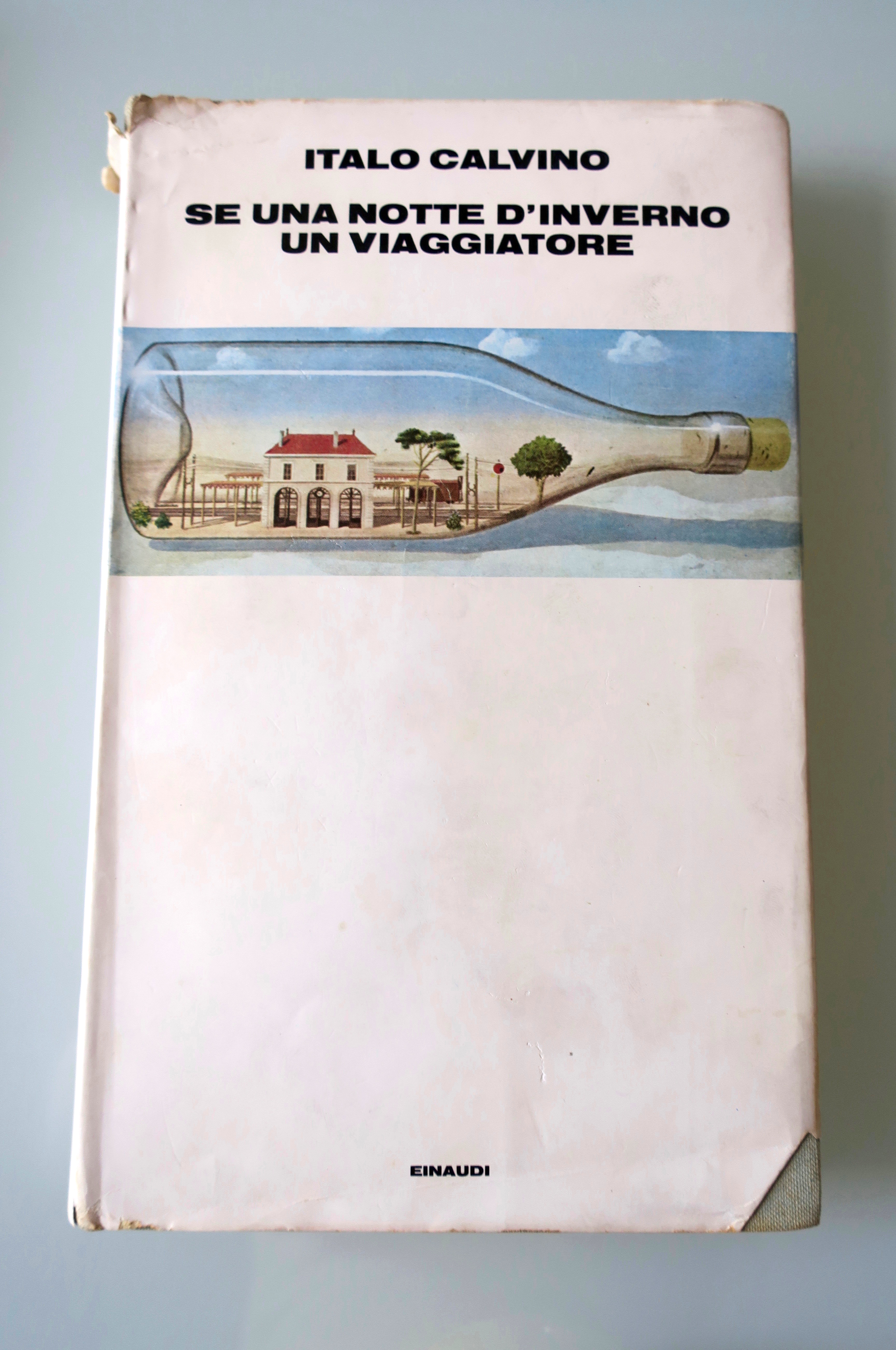
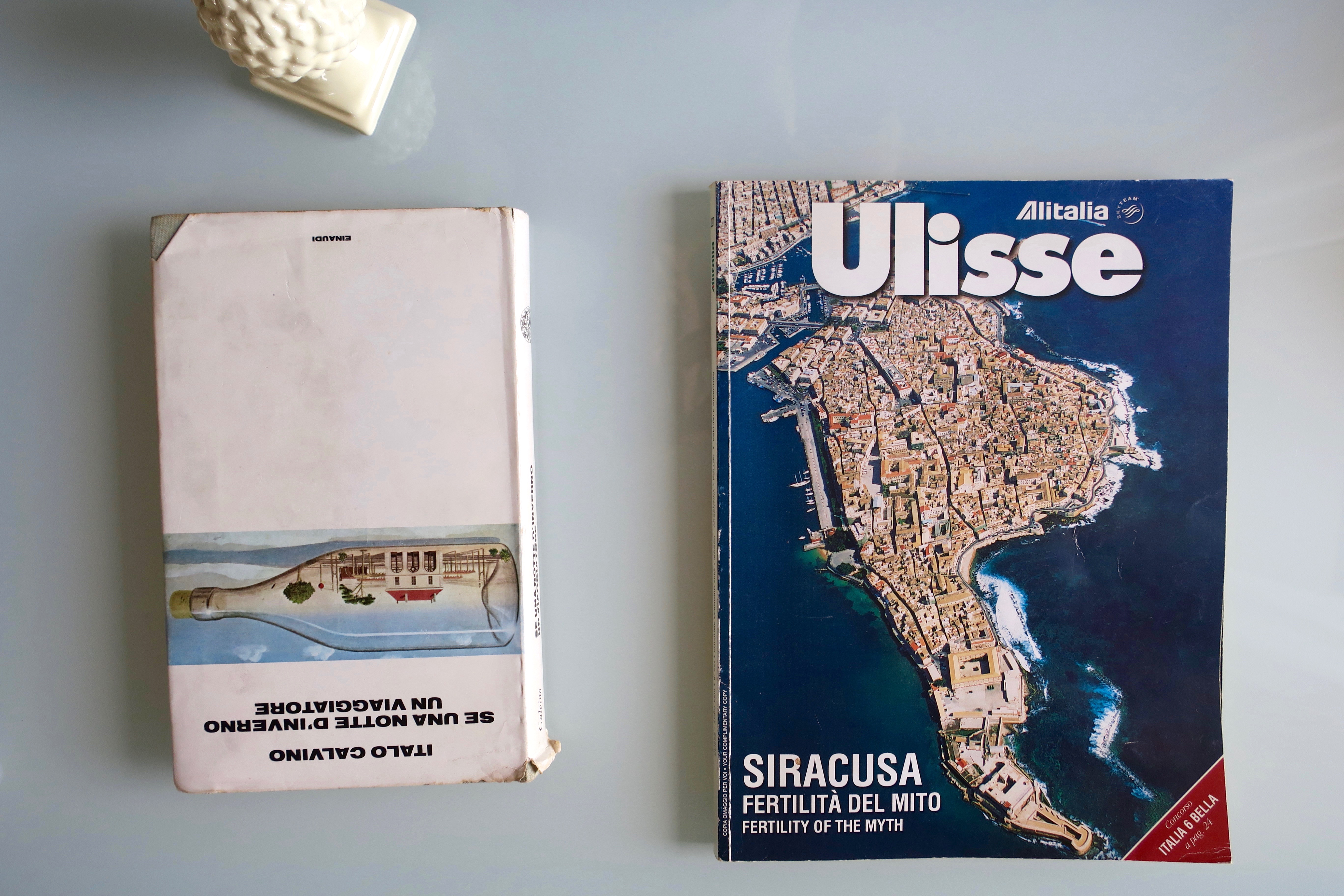




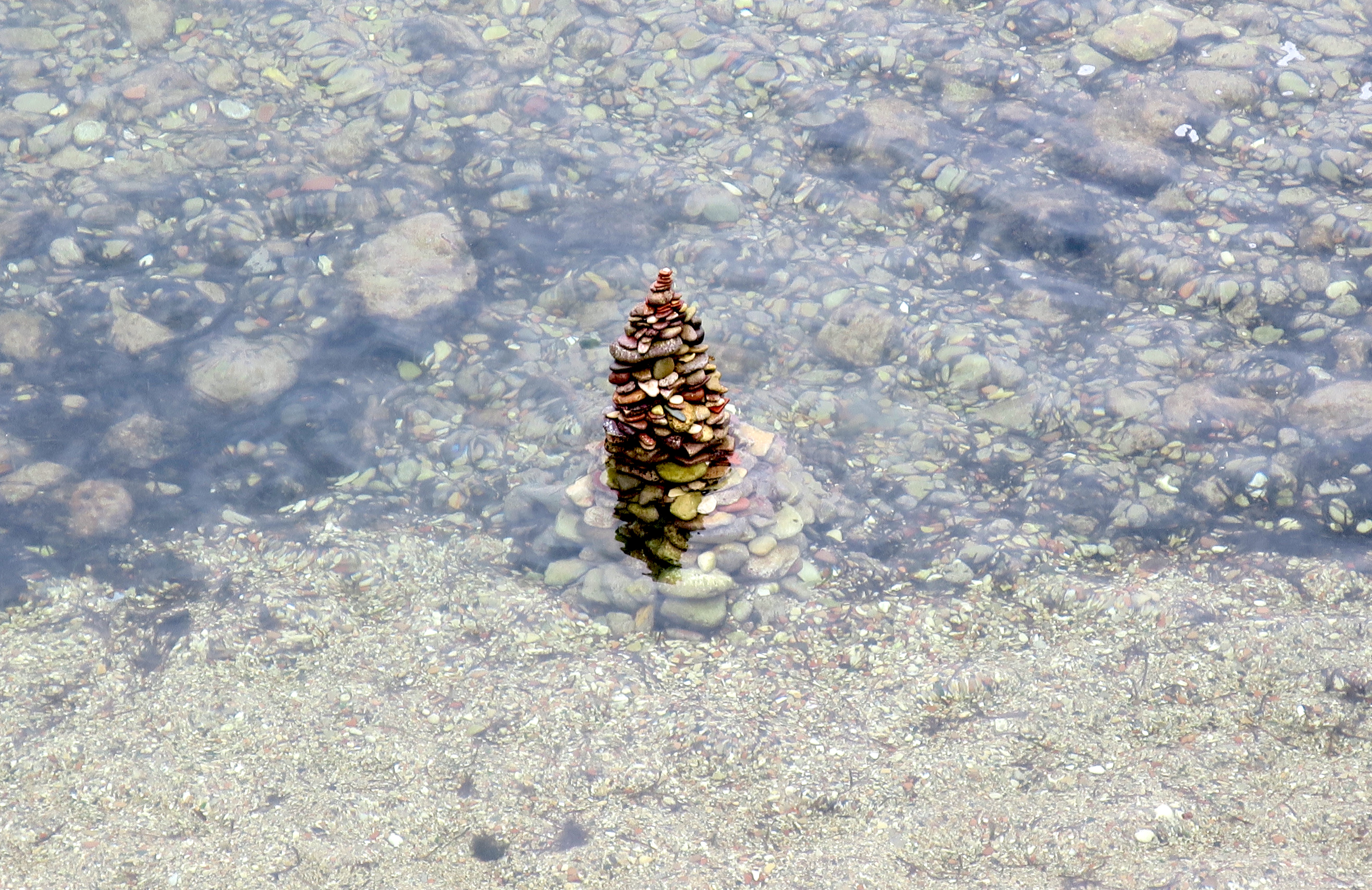
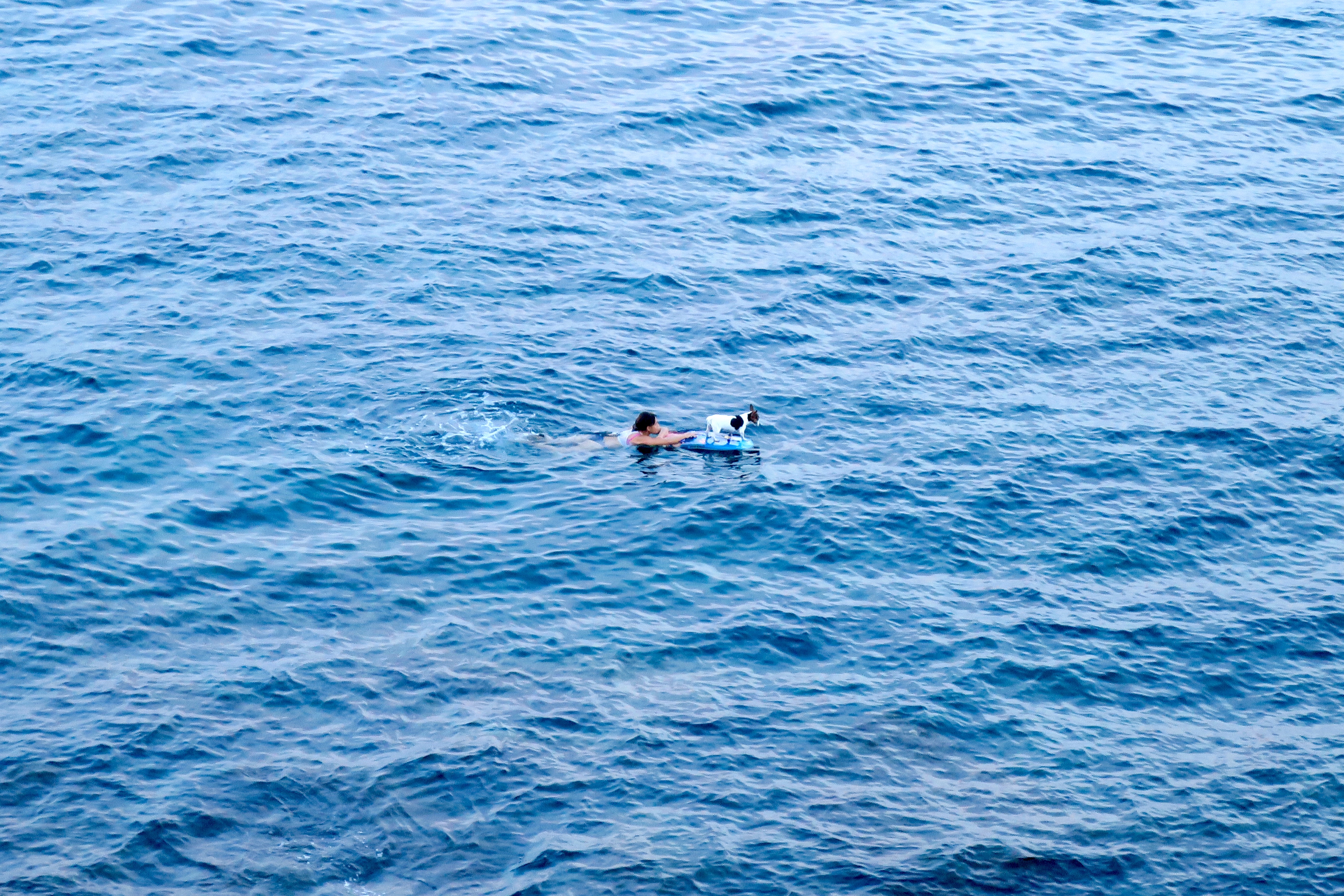

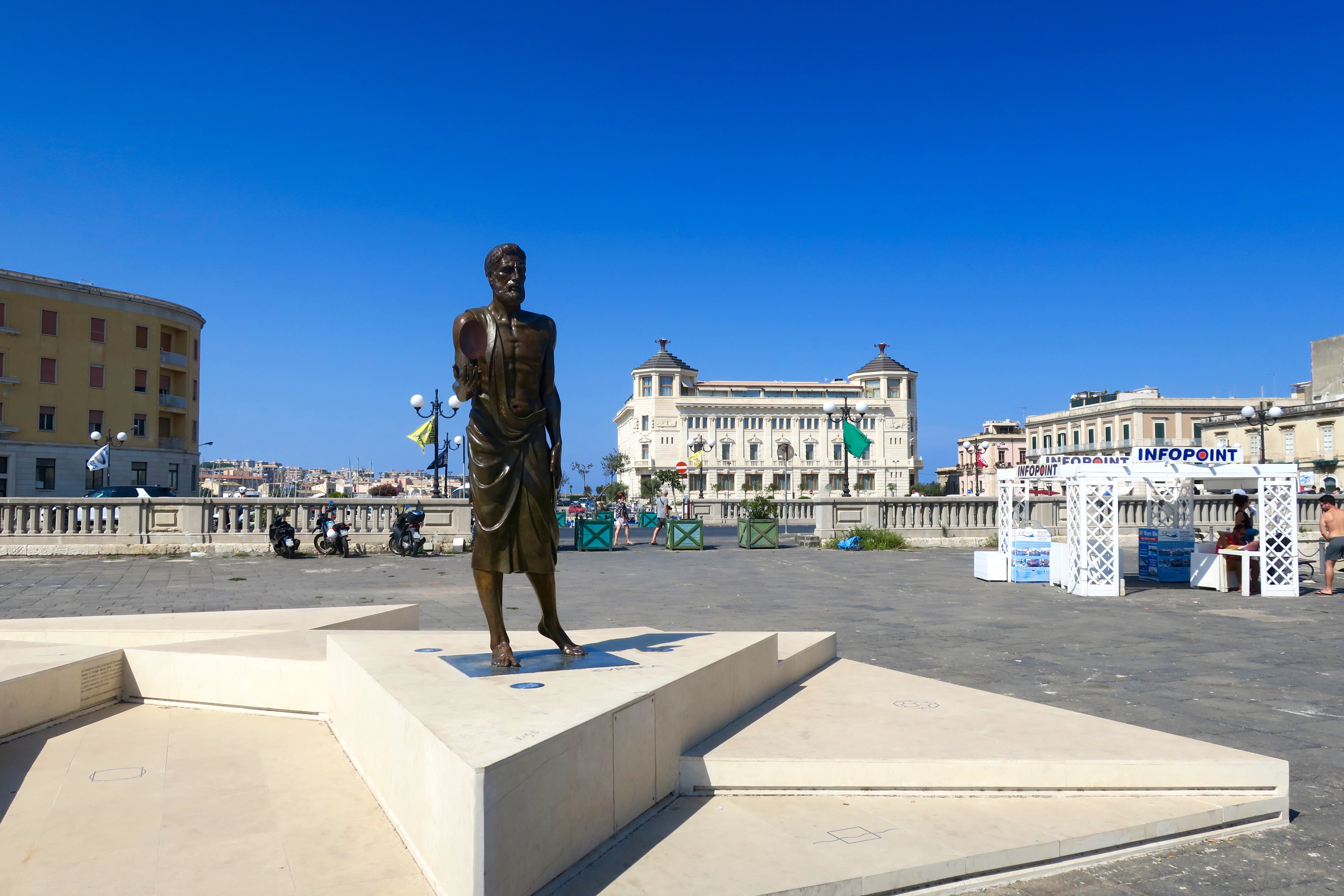
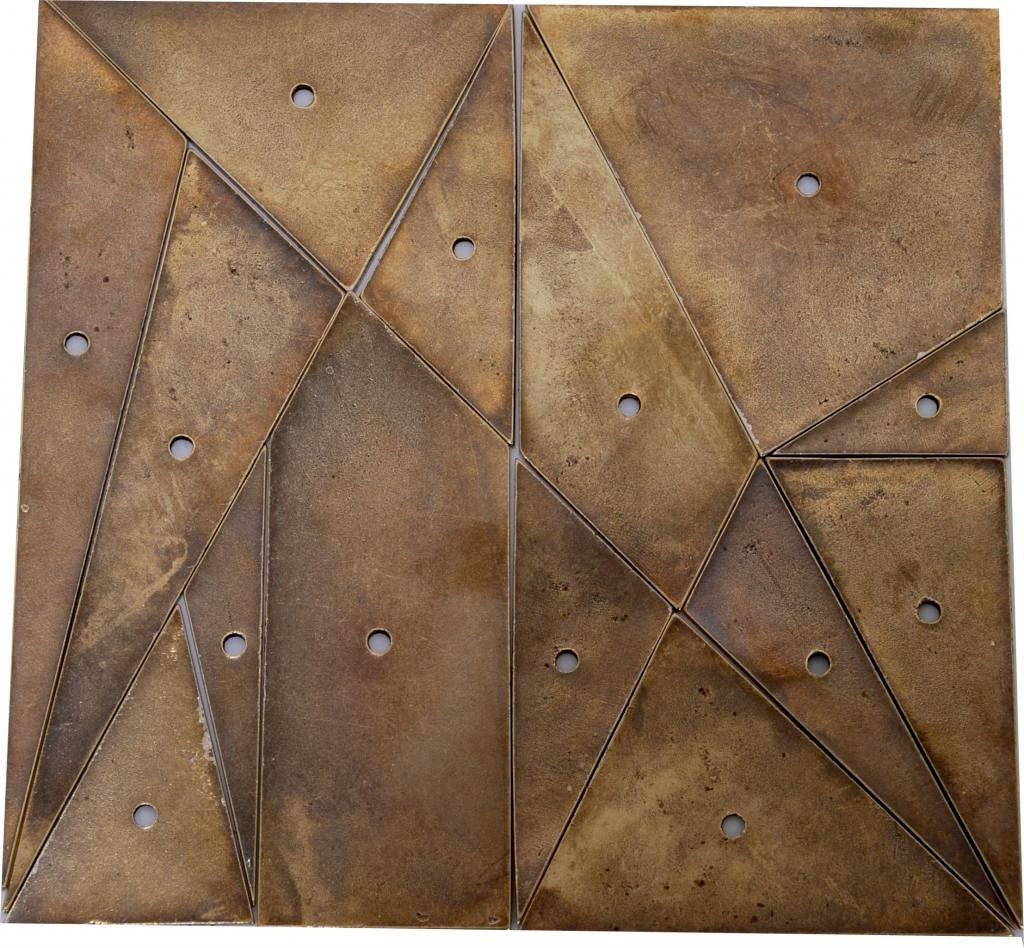


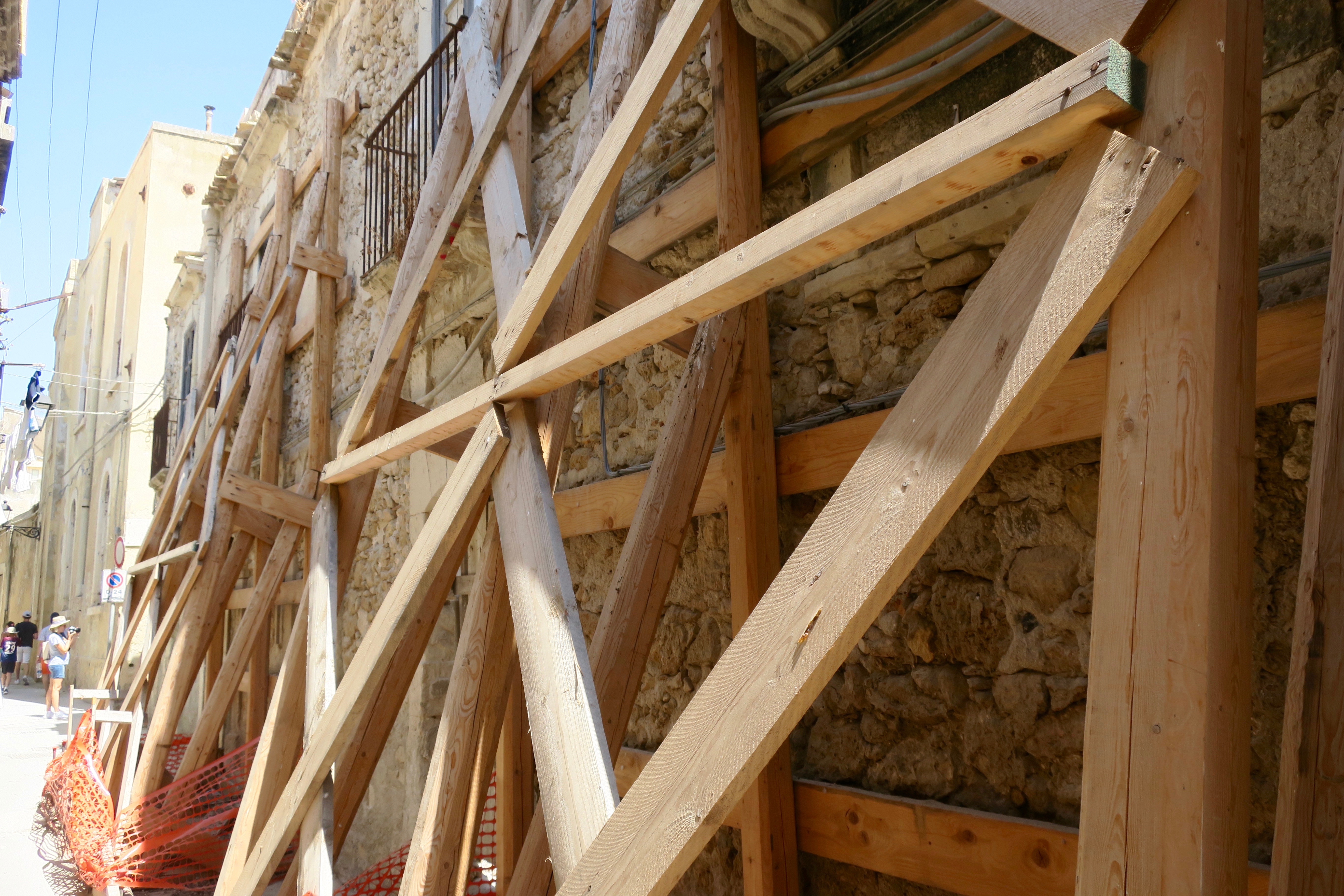

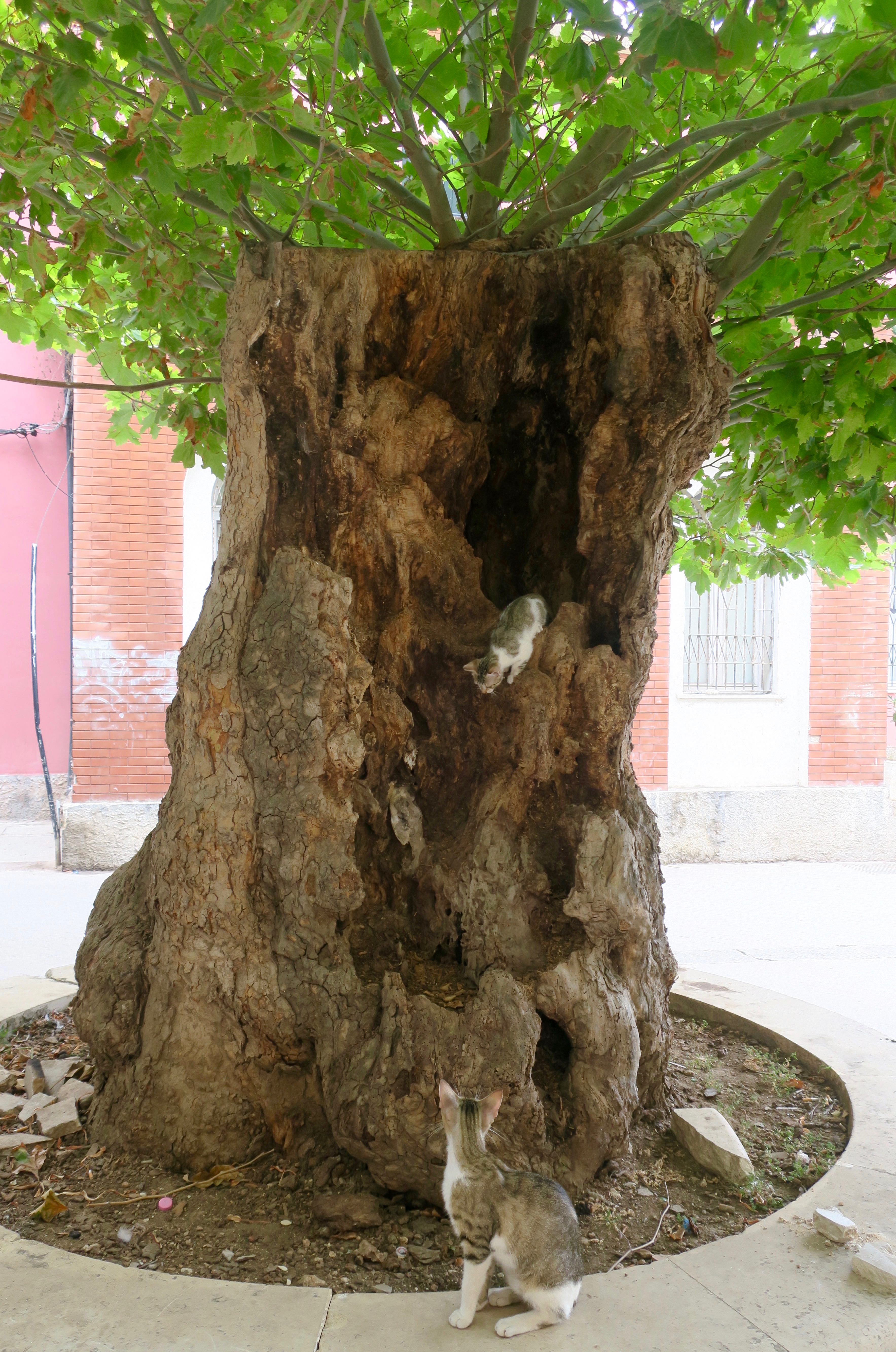


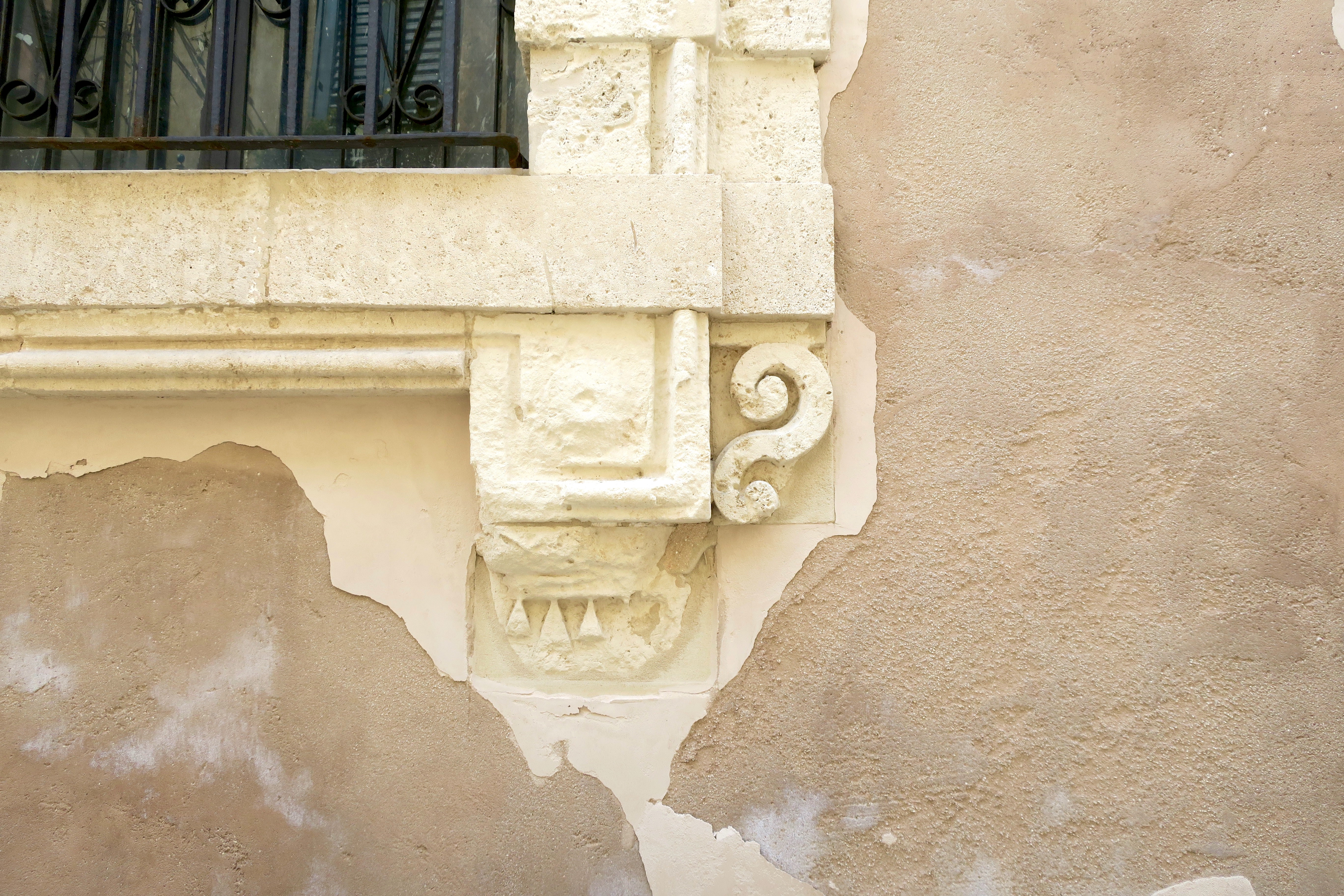



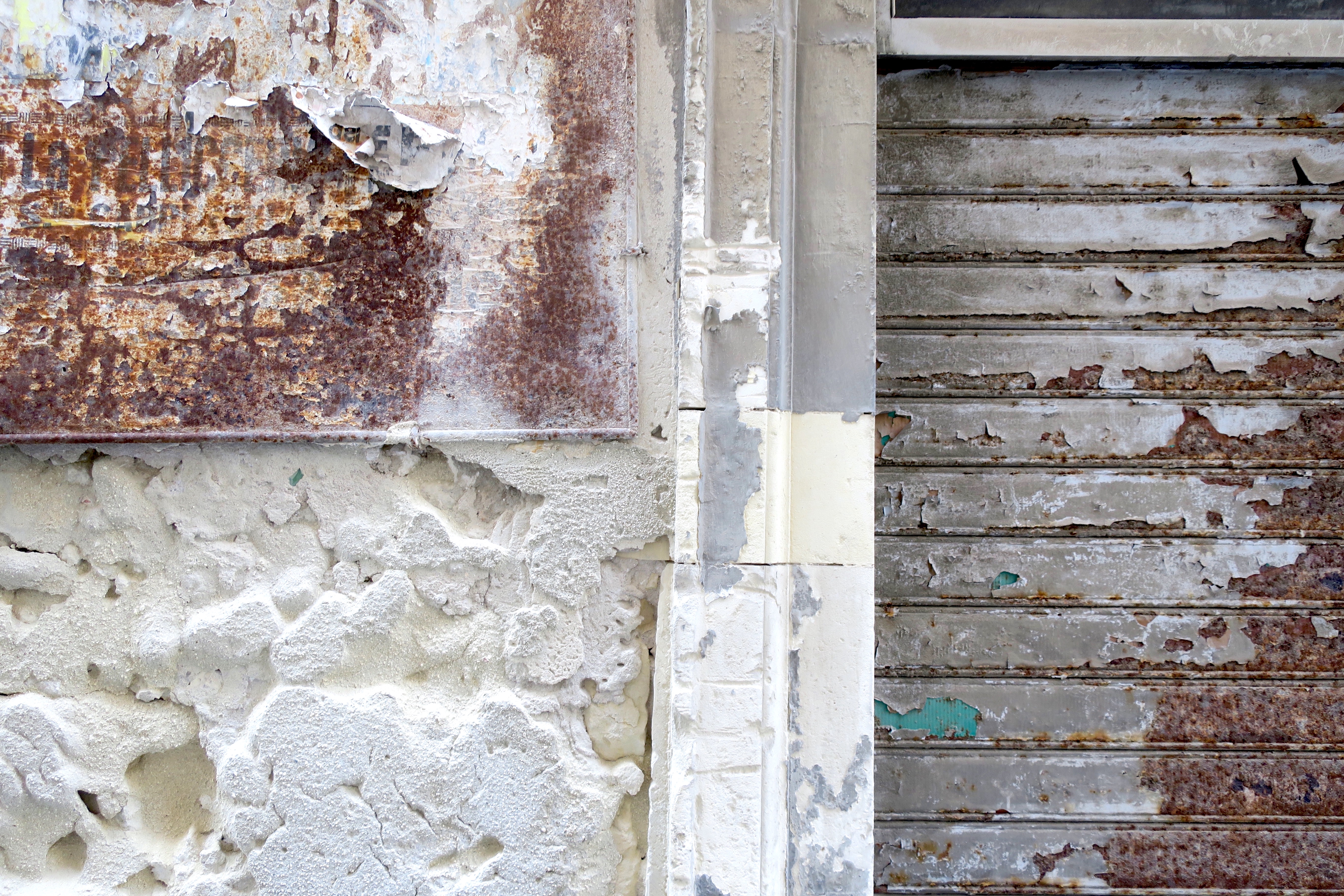
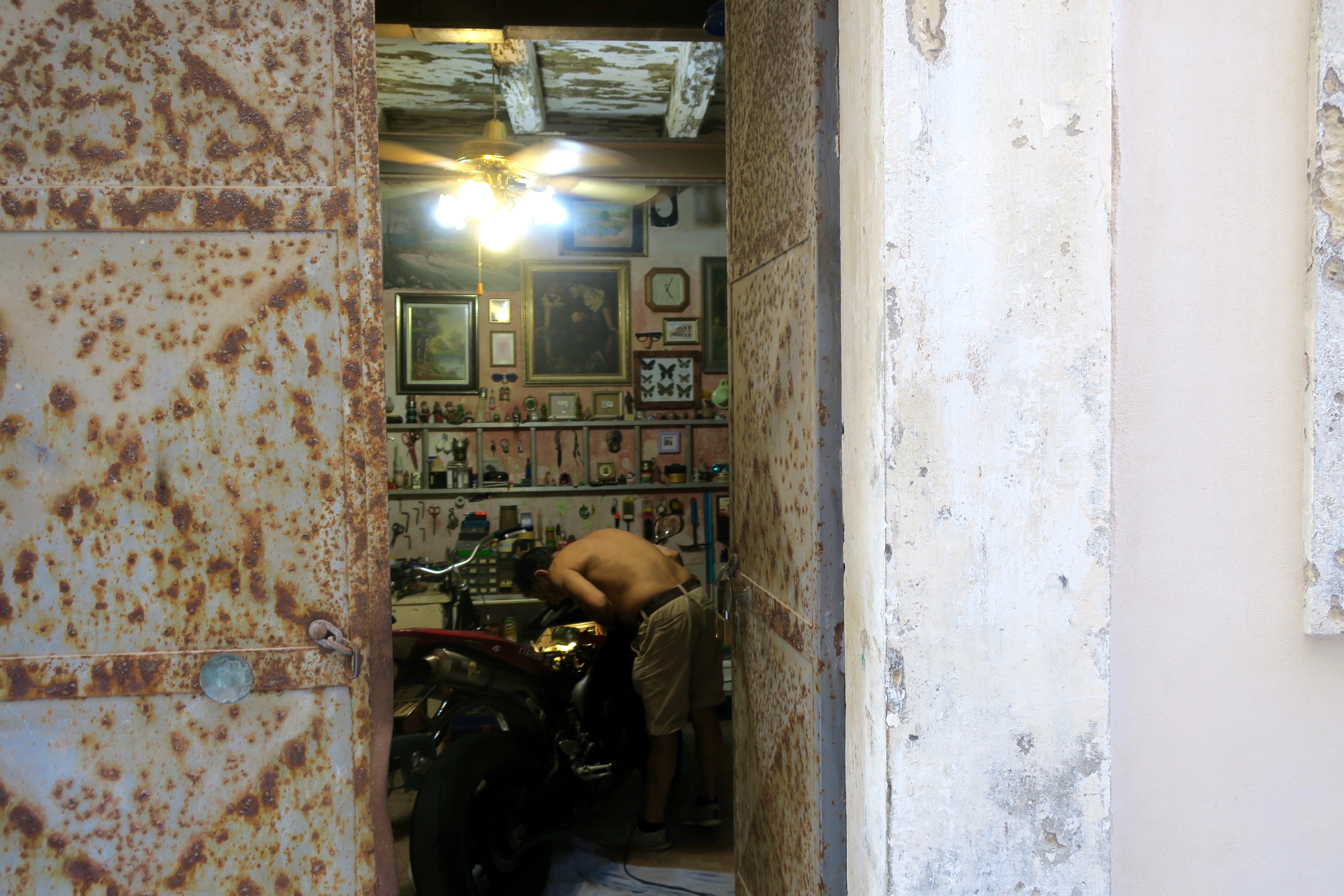


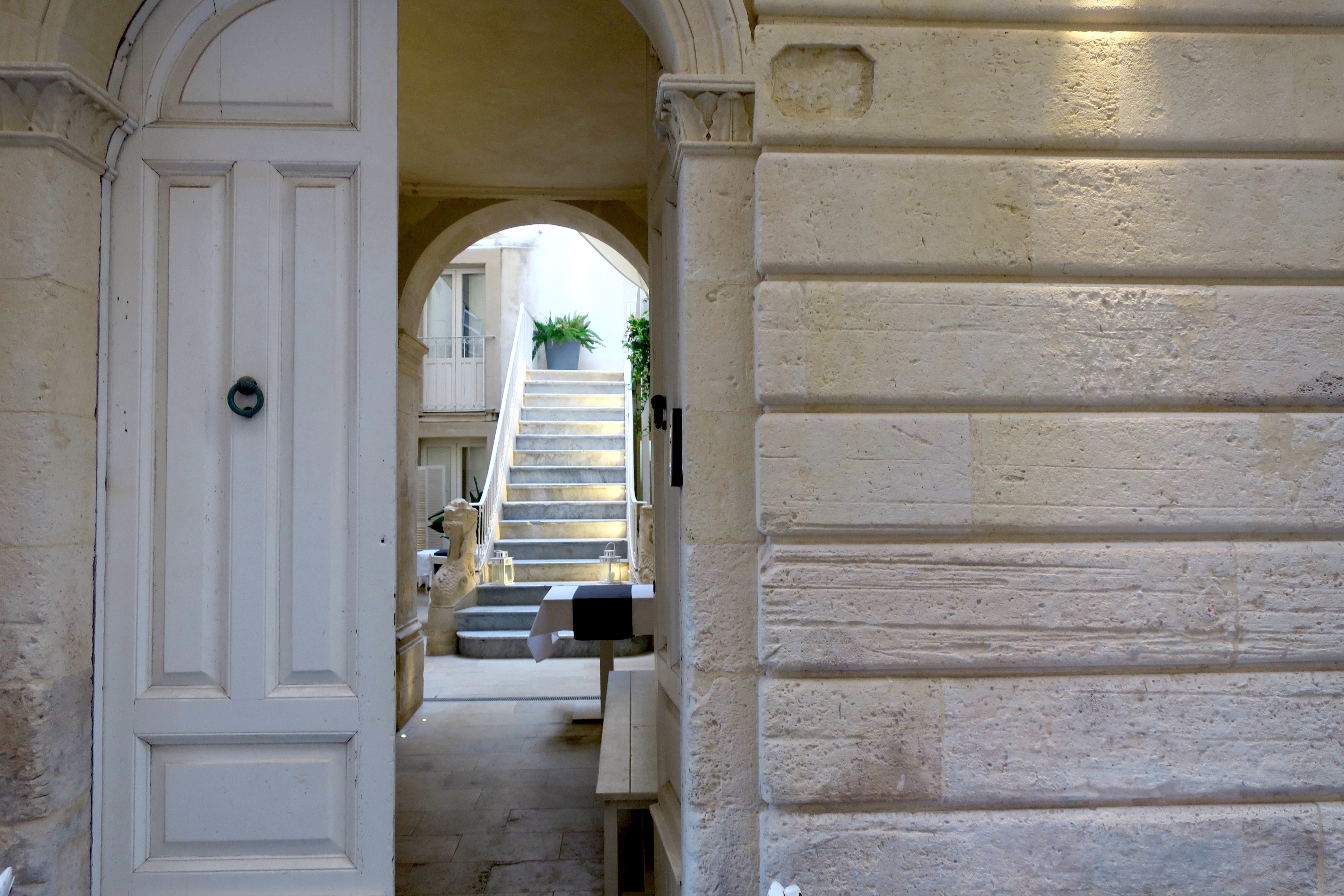
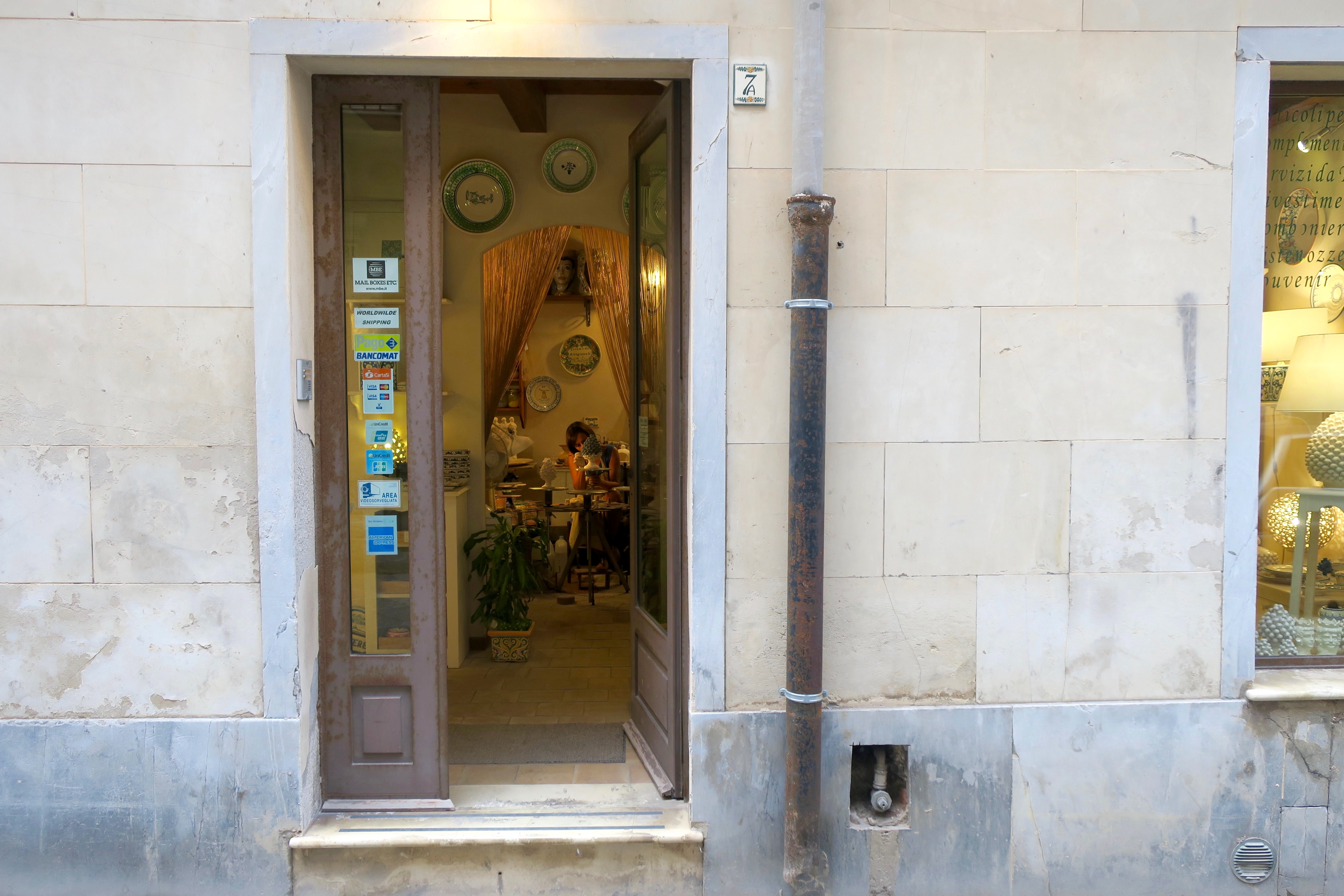
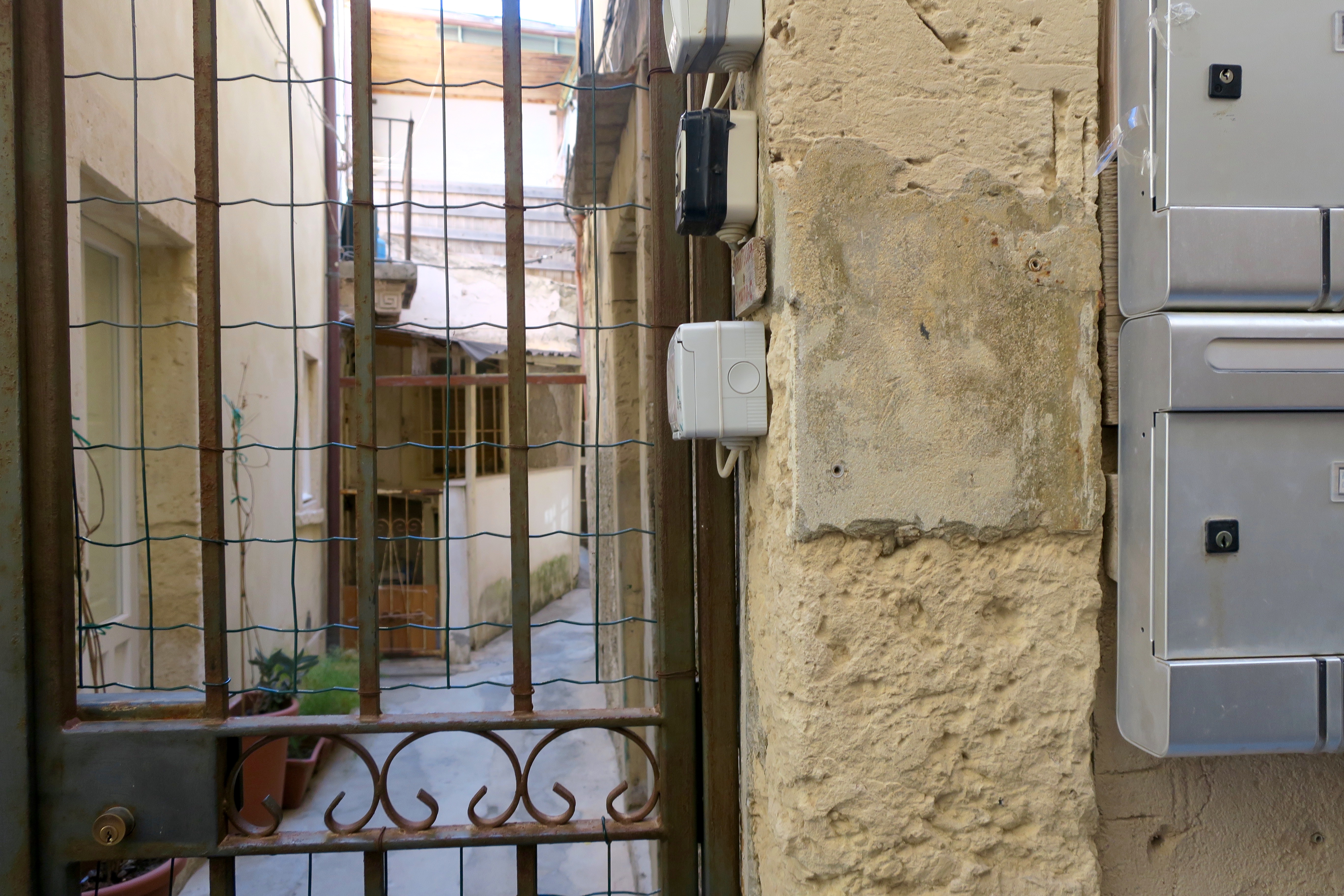

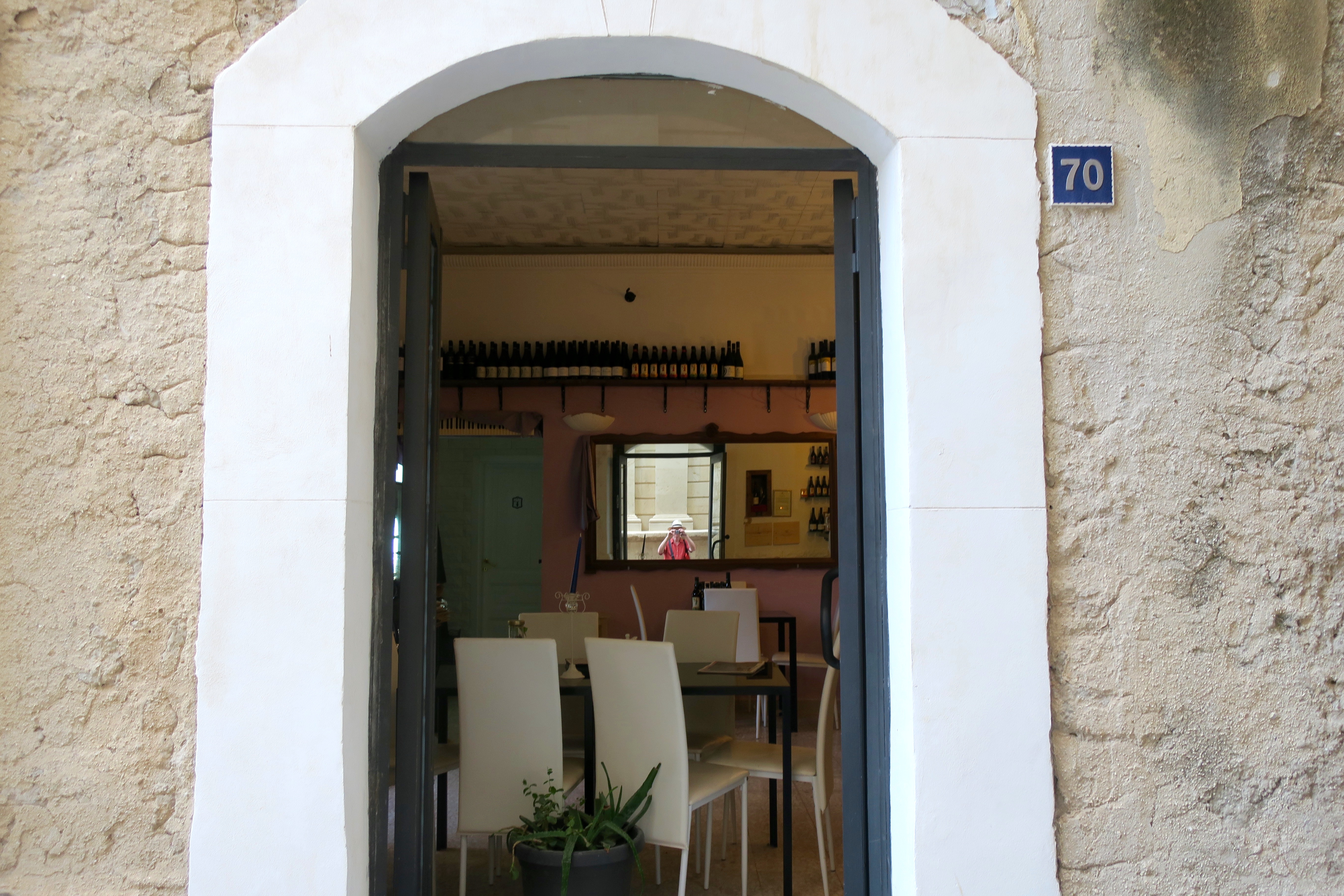
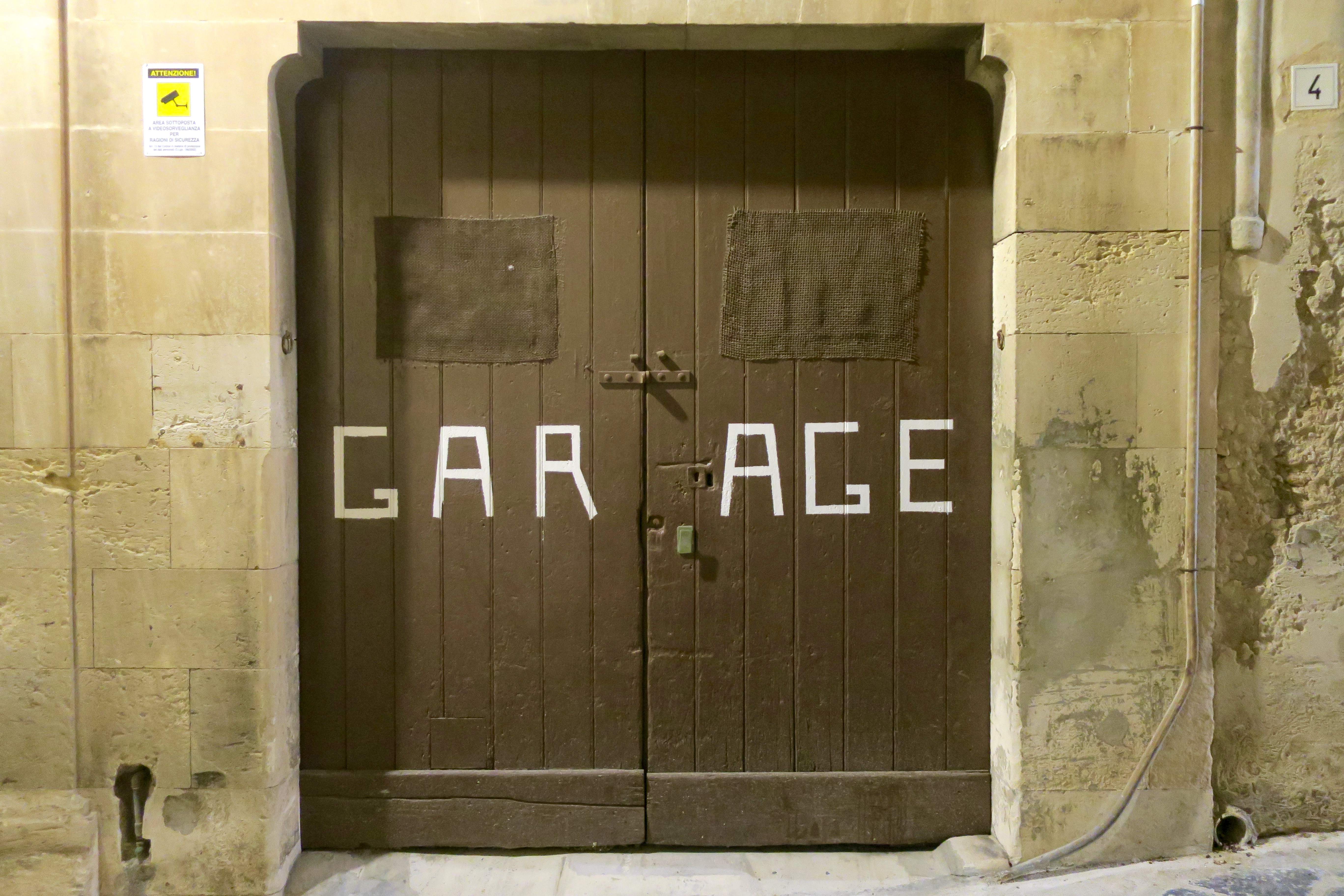

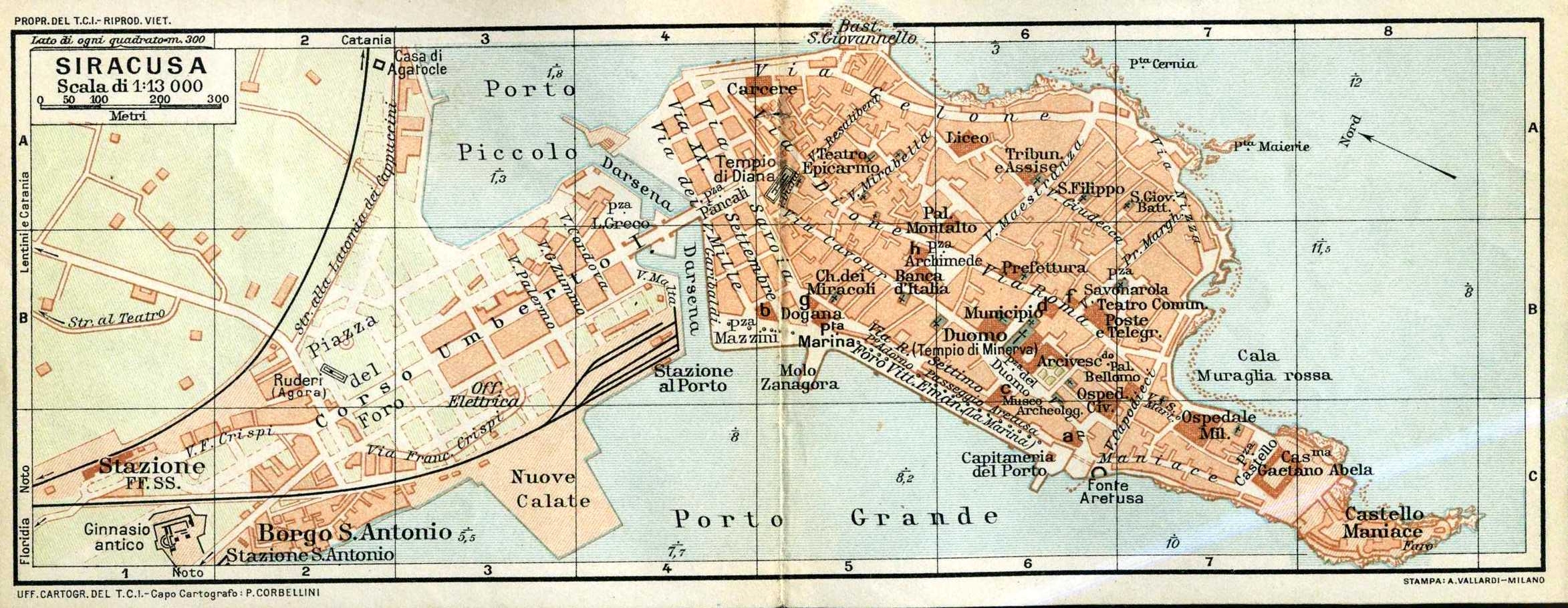
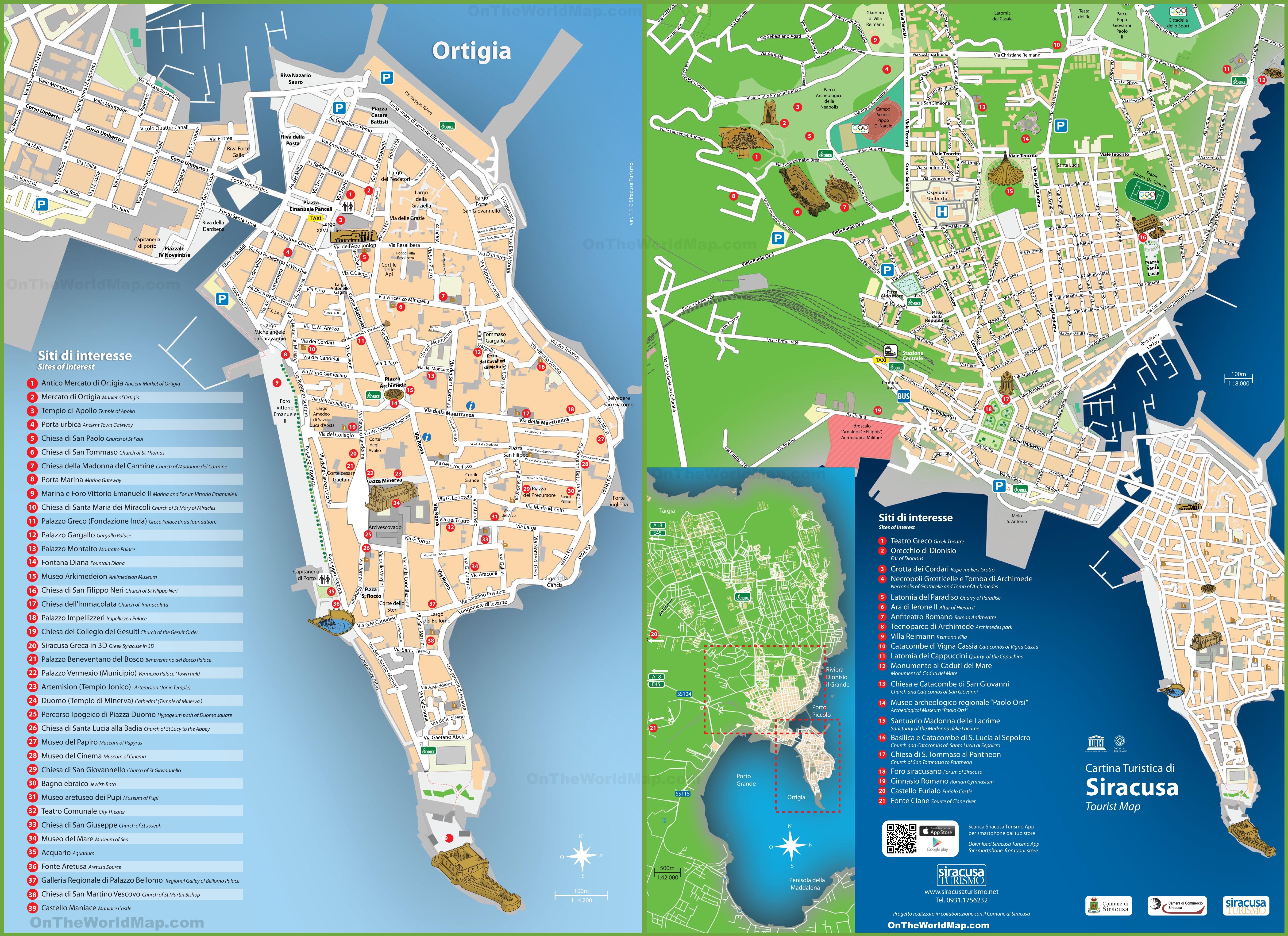
WoW what a trip you had!
Wonderful photographs SX
Thanks Susie. We went round and around until we were giddy, but we did escape occasionally to other sightseeing sites, though not as far as Palermo. I hope you enjoy your trip there soon.
Great photo sequence
Thank you!
A wonderful portrait of Siracusa Chris, such lovely glimpses of Sicilian life, really rich & beautiful scenes. I love the fusion of cultures and all the wonderful textures,
Thank you
Chris
Thanks Chris, it’s a palimpsest. Colonised by Greeks, Romans, Barbarians, Byzantines, Arabs, Normans, Swabians and Spanish. A bit like Britain really, we’re both islands with a rich history of incomers, but I think they’re still happy to be Europeans. I don’t think Sicily is planning a Sexit.
Lots of wonderful photos – it’s hard to choose a best one. That temple inside the church and the magic spring stand out in my memory – apart from ice creams of course and Caravaggio. So pleased you had such a super time in the land of Montalbano!
Isobel
Thanks Isobel. Without your enthusiastic recommendations we might never have gone to Sicily! Ortigia was great and there were lots of other discoveries too. Watch this space!